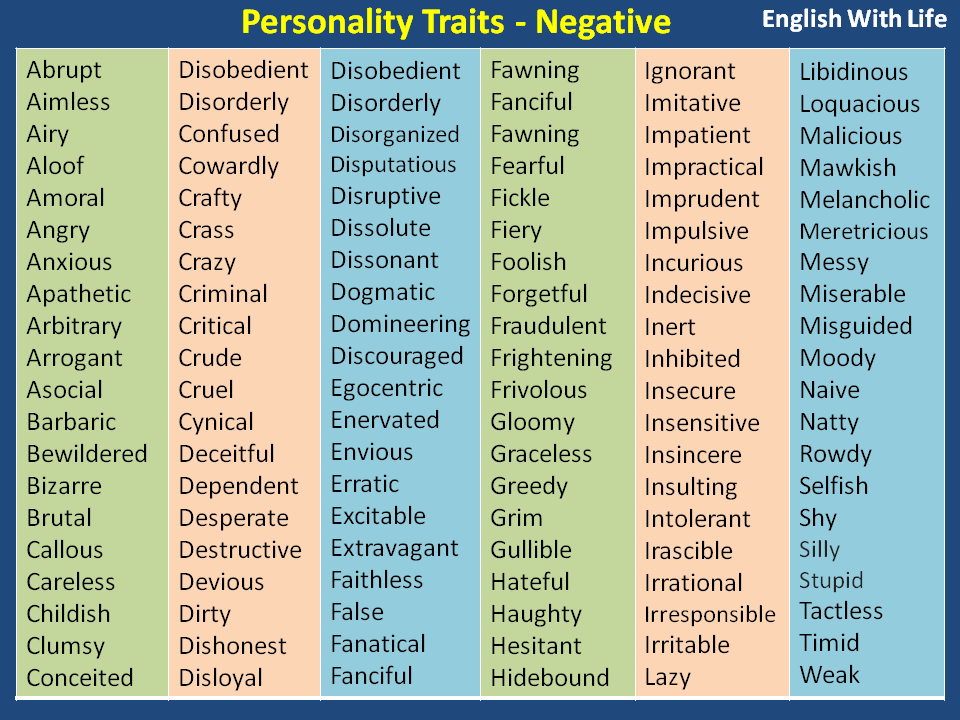Sight word were
Sweet Sight Words Worksheet - WERE
Google Slide, PDF | 1 page | Grades: 1 - 2
Practice reading, writing, and identifying the high-frequency word “were” from the First Grade Dolch sight words list.
This worksheet was designed as independent practice to support the study of Grade 1 reading level Dolch Sight Words.
The students will read, color, write, find, and use the sight word “were.”
“Were” Sight Word Worksheet: Scaffolding & Extension TipsIn addition to individual student work time, use this sight word worksheet as a:
- Reading center activity
- Post-lesson exit ticket
- Homework assignment
- Whole-class review (via smartboard)
Got fast finishers? Students who need a challenge can write sentences using the sight word on the back of the worksheet.
Students who need extra support can use a visual reference, like an alphabet display or anchor chart to help decode the word.
You can turn this teaching resource into a sustainable activity! Print a few copies on cardstock and slip them into dry-erase sleeves. Students can record their answers with a dry-erase marker, then erase and reuse.
Additionally, project the worksheet onto a screen and work through it as a class by having students record their answers in their reading notebooks.
Before You DownloadUse the dropdown icon on the Download button to choose between the PDF or Google Slides version of this resource.
This resource was created by Lindsey Phillips, a teacher in Michigan and a Teach Starter Collaborator.
Make the most of first-grade sight word practice with activities that spark a love of reading!
teaching resource
Sight Word Hunt - Dolch First Grade
Practice reading first grade high frequency words by sight with a set of 7 Dolch Sight Words game boards.
8 pagesGrades: K - 2teaching resource
Sweet Sight Words - First Grade Dolch Sight Words Board Game
Practice reading high-frequency words with this board game of 41 First Grade Dolch sight word cards.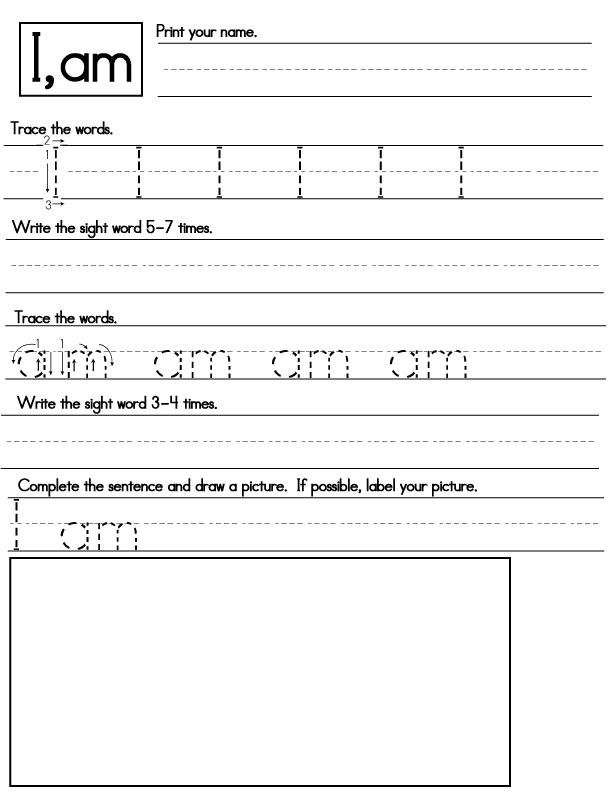
teaching resource
Pyramid Reading Cards - Dolch Grade 1 Sight Words
Practice and review the Dolch Grade 1 List of high-frequency words with 41 short phrase cards for emergent readers.
21 pagesGrades: K - 2teaching resource
Word Study List - Ending Blends
Introduce and explore words containing ending blends with this extensive list of words.
1 page Grades: 1 - 2teaching resource
Snow Globe Digraphs - Google Interactive
Bring some winter fun into your phonics lessons with an interactive Snowglobe Digraph activity.
1 page Grades: K - 1teaching resource
Read and Write Compound Words Worksheet
Read and write compound words with a set of fill-in and cut and paste worksheet.
4 pages Grades: 2 - 3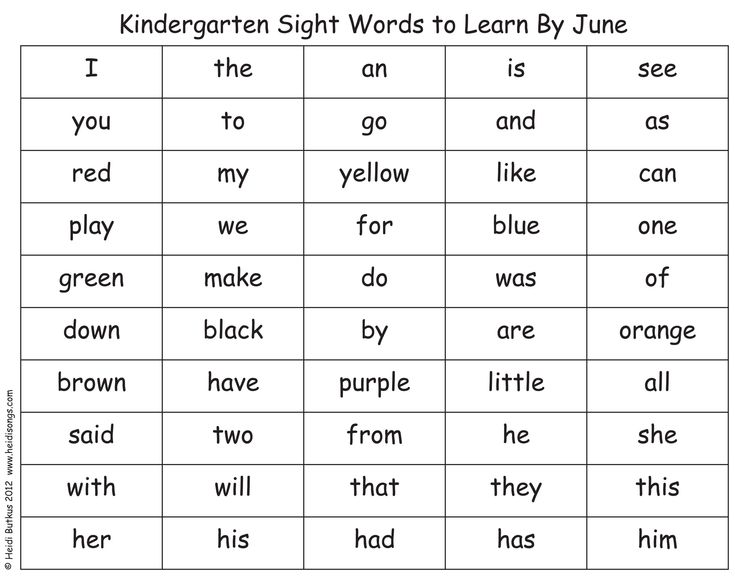
teaching resource
Match and Write Compound Words - Worksheet
Match and write to form compound words with a compound word worksheet.
2 pages Grades: 2 - 3teaching resource
Helen Keller Comprehension Passage - Tasks
Uncover facts about Helen Keller with a reading passage and worksheet pack to practice comprehension, character analysis, and sequencing.
1 page Grades: 3 - 5teaching resource
Thanksgiving STEM Project - Thanksgiving Turkey Trap
Experience hands-on STEM concepts with your students with this Thansgiving Turkey Trap STEM project
7 pages Grades: K - 5teaching resource
Thanksgiving CVC Word Matching Activity
Practice decoding and spelling CVC words with a fun Thanksgiving-themed matching game for kindergarten students.
1 page Grades: K - 1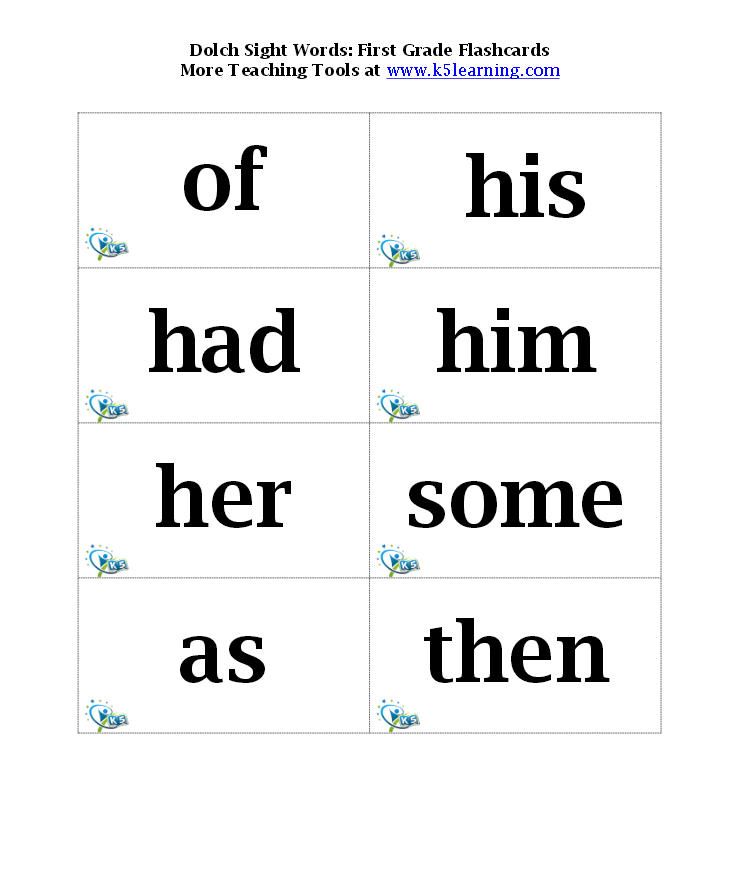
teaching resource
Word Study List - R Blend Words
Introduce and explore words containing an initial r-blend with this extensive list of words.
1 page Grades: 1 - 2teaching resource
Space Mini-Book
Engage your students and inspire them to read and learn about space with a printable book for 1st grade and 2nd grade.
10 pages Grades: K - 1teaching resource
Christmas Parts of Speech Worksheet - Cut and Paste
Bring a bit of Christmas fun into your language arts lessons with printable Christmas grammar activities.
3 pages Grades: 2 - 3
Learn the Sight Word: were Game - ELA Games
Learn the Sight Word: were Game - ELA Games - SplashLearnHome > Games > ELA Games > Learn the Sight Word: were Game
Take a look at how to learn the sight word: were.
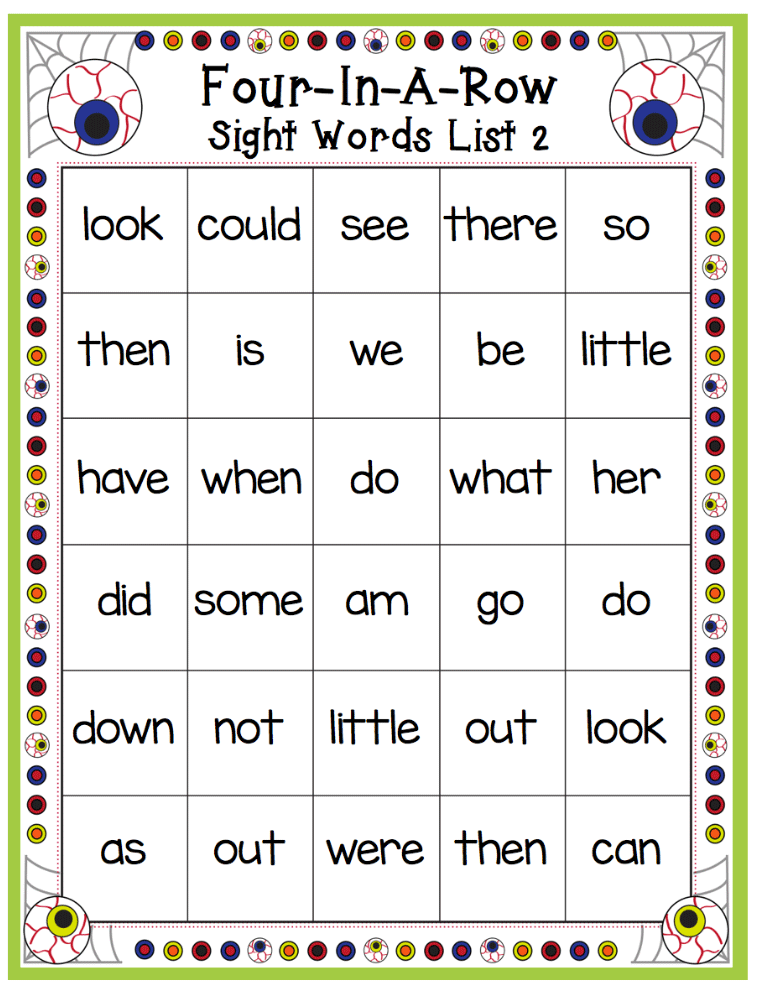
Play game
Assign to class
SUBJECTS & TOPICS
Know more about Learn the Sight Word: were Game
To become a swift reader, one needs to develop the skill of decoding sight words instantly. To practice spotting the sight word were, Minecart is the first step. Get your little one to play this learning game to get a firm grasp of the word.
Explore Amazing Games on All Sight Words
View all 975 Games
-
Reading
Learn the Sight Word: I Game
Help your child practice english by learning the sight word: I.
Pre-K
K
VIEW DETAILS
-
Reading
Sound of the Sight Word: I Game
Practice the sound of the sight word: I.
Pre-K
K
VIEW DETAILS
-
Reading
Practice the Sight Word: I Game
Polish your language skills by practicing the sight word: I.
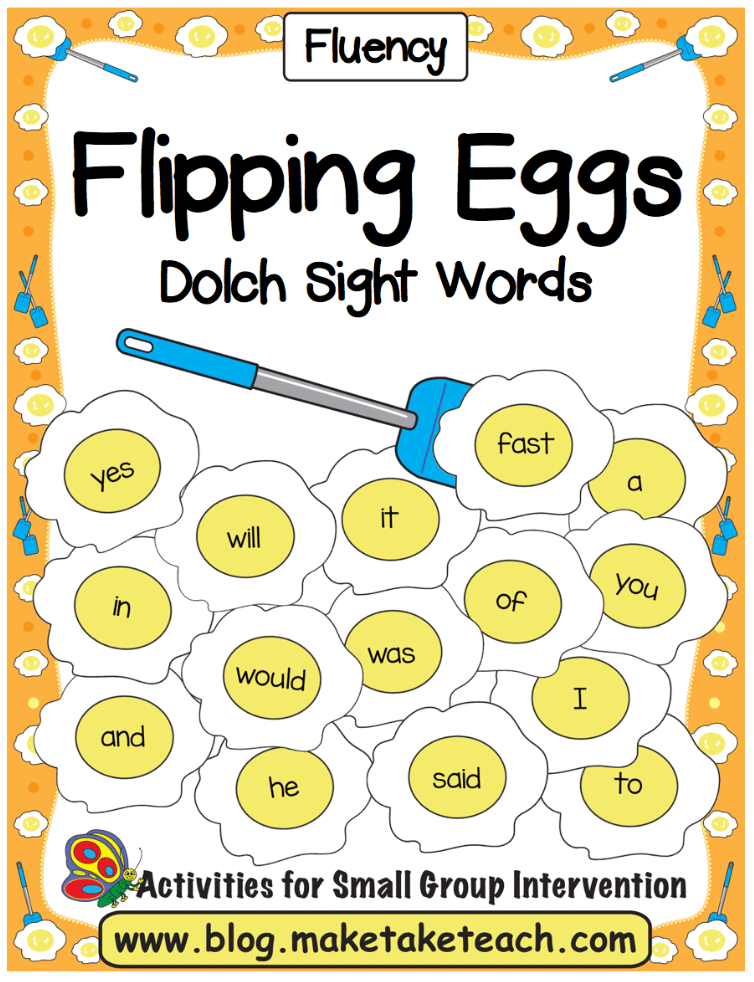
Pre-K
K
VIEW DETAILS
-
Reading
Learn the Sight Word: a Game
Help your child practice english by learning the sight word: a.
Pre-K
K
VIEW DETAILS
-
Reading
Sound of the Sight Word: a Game
Practice the sound of the sight word: a.
Pre-K
K
VIEW DETAILS
-
Reading
Practice the Sight Word: a Game
Polish your language skills by practicing the sight word: a.
Pre-K
K
VIEW DETAILS
-
Reading
Learn the Sight Word: the Game
Help your child practice english by learning the sight word: the.
Pre-K
K
VIEW DETAILS
-
Reading
Sound of the Sight Word: the Game
Introduce your child to the sound of the sight word: the.
Pre-K
K
VIEW DETAILS
-
Reading
Practice the Sight Word: the Game
Polish your language skills by practicing the sight word: the.
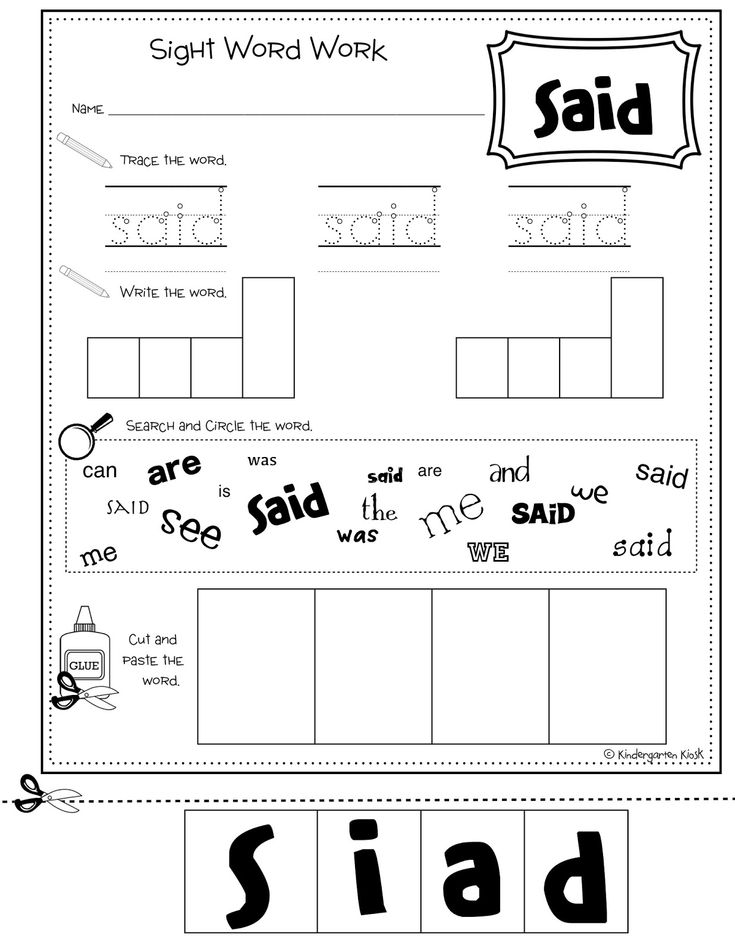
Pre-K
K
VIEW DETAILS
-
Reading
Learn the Sight Word: and Game
Help your child practice english by learning the sight word: and.
Pre-K
K
VIEW DETAILS
-
Reading
Sound of the Sight Word: and Game
Introduce your child to the sound of the sight word: and.
Pre-K
K
VIEW DETAILS
-
Reading
Practice the Sight Word: and Game
Polish your language skills by practicing the sight word: and.
Pre-K
K
VIEW DETAILS
-
Reading
Learn the Sight Word: it Game
Help your child practice english by learning the sight word: it.
Pre-K
K
VIEW DETAILS
-
Reading
Sound of the Sight Word: it Game
Introduce your child to the sound of the sight word: it.
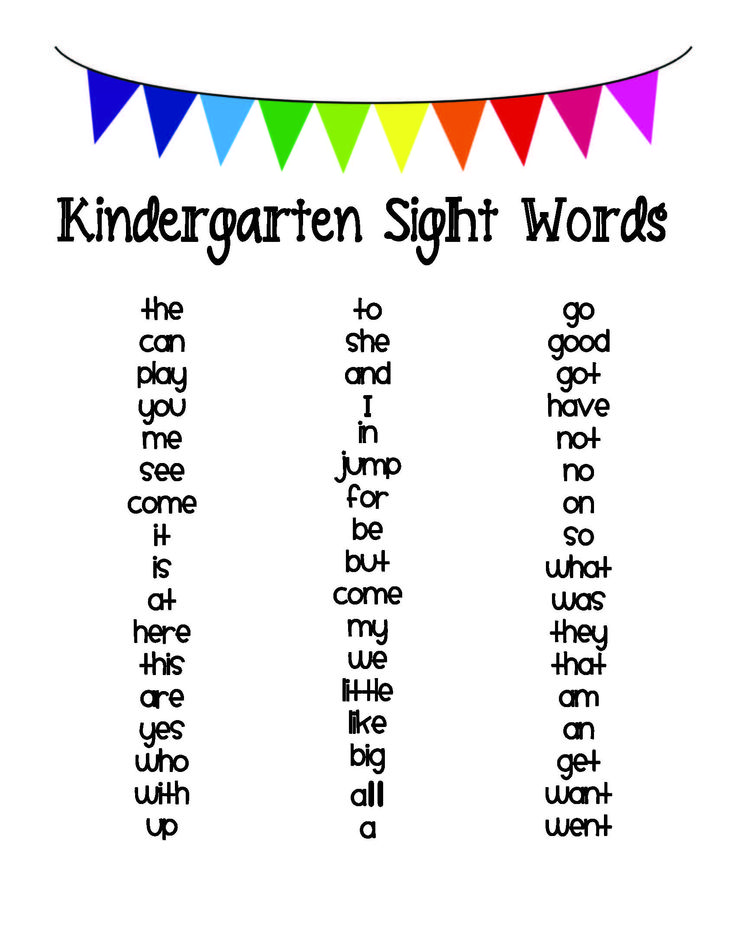
Pre-K
K
VIEW DETAILS
-
Reading
Practice the Sight Word: it Game
Polish your language skills by practicing the sight word: it.
Pre-K
K
VIEW DETAILS
Discover Fun Games on Sight Words
View all 975 Games
-
Reading
Can You Find the Uppercase Letter A? Game
To play this game, find the uppercase letter A.
Pre-K
K
VIEW DETAILS
-
Reading
Can You Find the Lowercase Letter a? Game
To play this game, find the lowercase letter a.
Pre-K
K
VIEW DETAILS
-
Reading
Learn the Letters: Big A Game
Put your language skills to the test by learning the letter: Big A.
VIEW DETAILS
-
Reading
Practice the Letters: Big A Game
Kids must practice the letter: Big A.
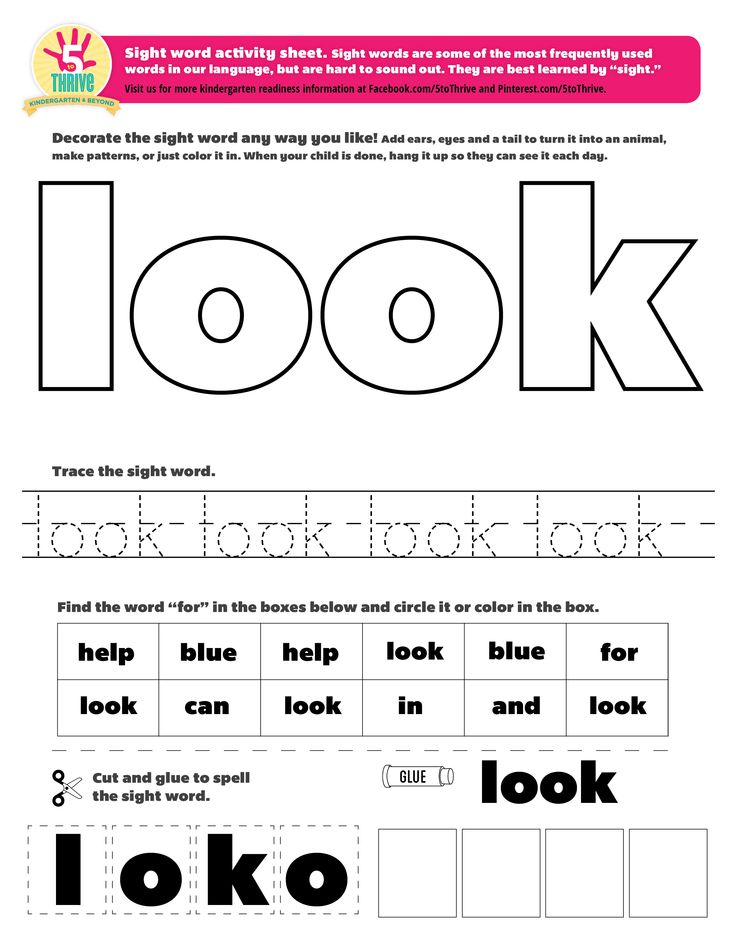
VIEW DETAILS
-
Reading
Learn the Letters: Small a Game
Put your language skills to the test by learning the letter: Small a.
VIEW DETAILS
-
Reading
Practice the Letters: Small a Game
Put your language skills to the test by practicing the letter: Small a.
VIEW DETAILS
-
Reading
Match Big and Small A Game
Put your language skills to the test by learning to match big and small A.
Pre-K
K
VIEW DETAILS
-
Reading
Find the Letters A, B, C & D Game
Put your language skills to the test by finding the letters A, B, C & D.
Pre-K
K
VIEW DETAILS
-
Reading
Can You Find the Uppercase Letter B? Game
To play this game, find the uppercase letter B.
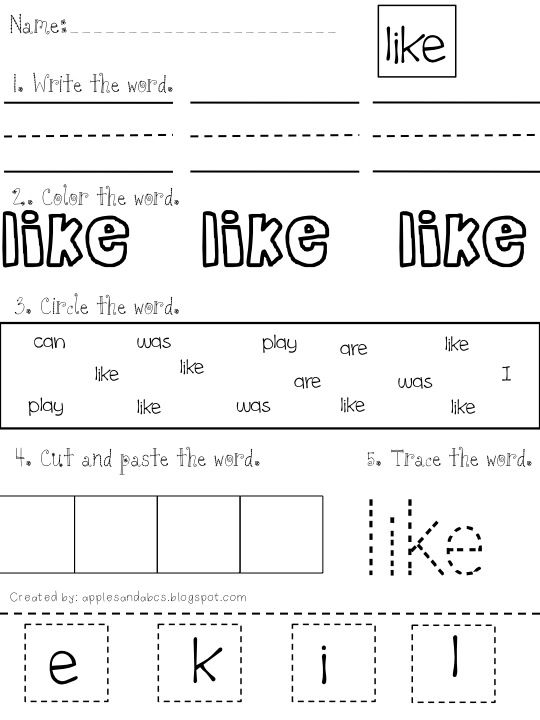
Pre-K
K
VIEW DETAILS
-
Reading
Can You Find the Lowercase Letter b? Game
To play this game, find the lowercase letter b.
Pre-K
K
VIEW DETAILS
-
Reading
Learn the Letters: Big B Game
Put your language skills to the test by learning the letter: Big B.
VIEW DETAILS
-
Reading
Practice the Letters: Big B Game
Kids must practice the letter: Big B.
VIEW DETAILS
-
Reading
Learn the Letters: Small b Game
Put your language skills to the test by learning the letter: Small b.
VIEW DETAILS
-
Reading
Practice the Letters: Small b Game
Put your language skills to the test by practicing the letter: Small b.
VIEW DETAILS
-
Reading
Match Big and Small B Game
Put your language skills to the test by learning to match big and small B.
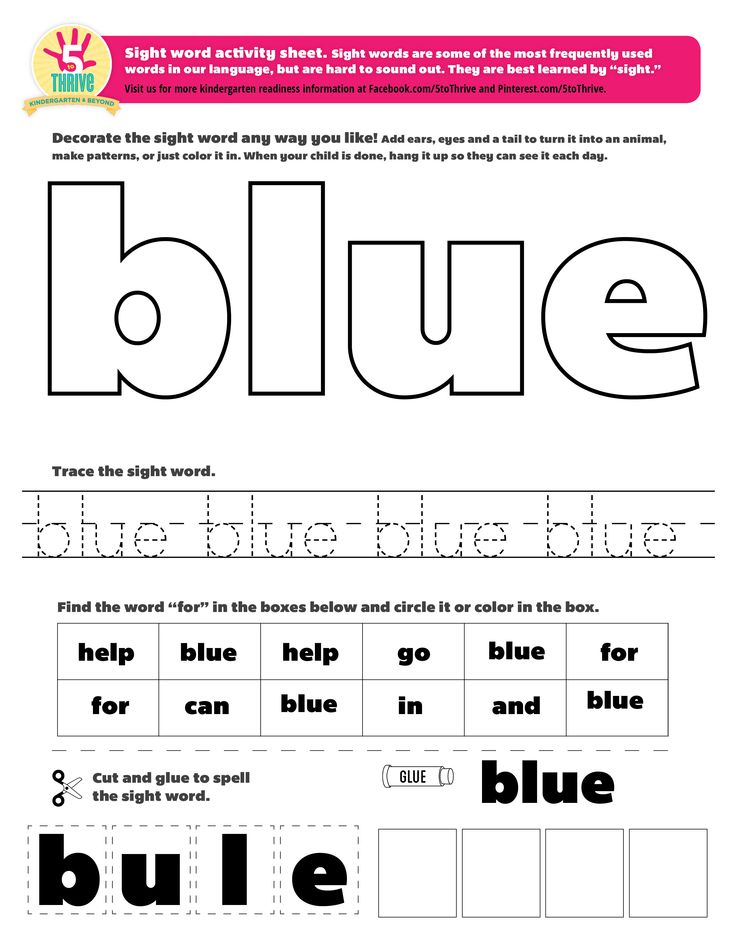
Pre-K
K
VIEW DETAILS
Find Engaging Games on Reading
View all 2,209 Games
-
Reading
Can You Find the Uppercase Letter C? Game
To play this game, find the uppercase letter C.
Pre-K
K
VIEW DETAILS
-
Reading
Can You Find the Lowercase Letter c? Game
To play this game, find the lowercase letter c.
Pre-K
K
VIEW DETAILS
-
Reading
Learn the Letters: Big C Game
Put your language skills to the test by learning the letter: Big C.
VIEW DETAILS
-
Reading
Practice the Letters: Big C Game
Kids must practice the letter: Big C.
VIEW DETAILS
-
Reading
Learn the Letters: Small c Game
Put your language skills to the test by learning the letter: Small c.
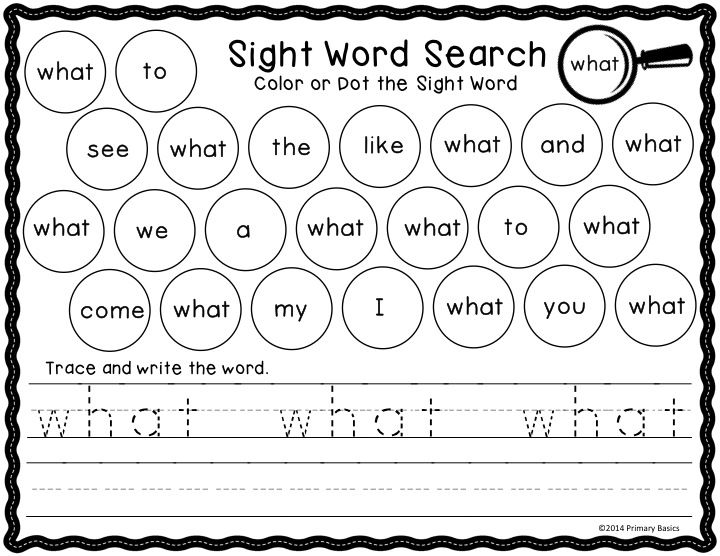
VIEW DETAILS
-
Reading
Practice the Letters: Small c Game
Put your language skills to the test by practicing the letter: Small c.
VIEW DETAILS
-
Reading
Match Big and Small C Game
Put your language skills to the test by learning to match big and small C.
Pre-K
K
VIEW DETAILS
-
Reading
Can You Find the Uppercase Letter D? Game
To play this game, find the uppercase letter D.
Pre-K
K
VIEW DETAILS
-
Reading
Can You Find the Lowercase Letter d? Game
To play this game, find the lowercase letter d.
Pre-K
K
VIEW DETAILS
-
Reading
Learn the Letters: Big D Game
Put your language skills to the test by learning the letter: Big D.
VIEW DETAILS
-
Reading
Practice the Letters: Big D Game
Kids must practice the letter: Big D.
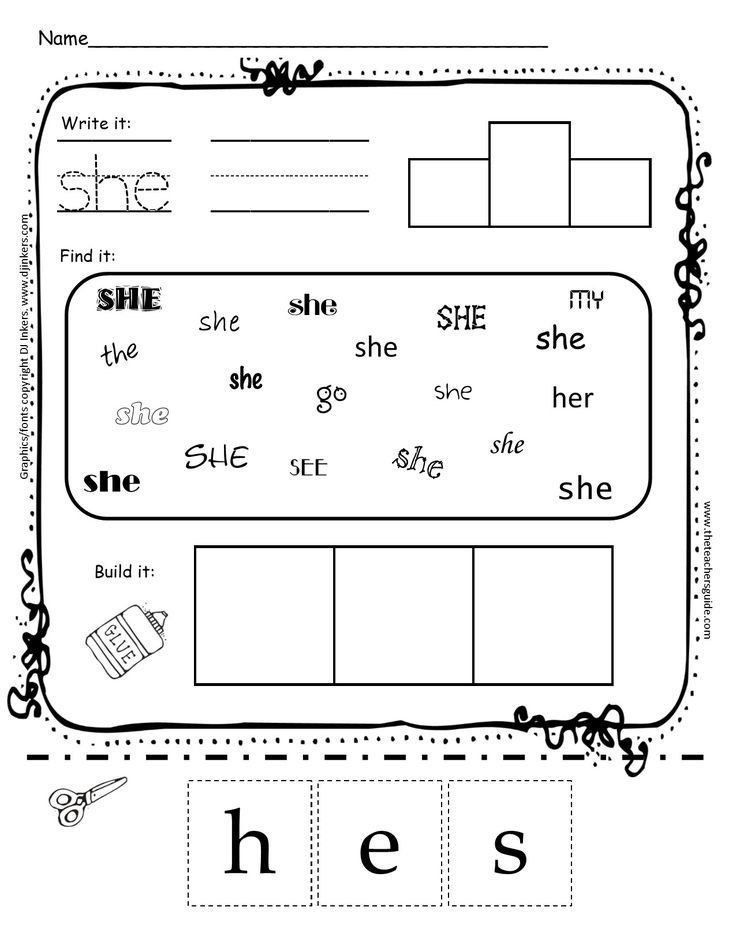
VIEW DETAILS
-
Reading
Learn the Letters: Small d Game
Put your language skills to the test by learning the letter: Small d.
VIEW DETAILS
-
Reading
Practice the Letters: Small d Game
Put your language skills to the test by practicing the letter: Small d.
VIEW DETAILS
-
Reading
Match Big and Small D Game
Put your language skills to the test by learning to match big and small D.
Pre-K
K
VIEW DETAILS
-
Reading
Can You Find the Uppercase Letter E? Game
To play this game, find the uppercase letter E.
Pre-K
K
VIEW DETAILS
Related Worksheets
View all 1,063 Worksheets
-
Reading
Find Letter A Worksheet
Enhance your linguistic skills by finding the letter 'A' with this worksheet.

VIEW DETAILS
-
Reading
Spot Letter a Worksheet
This ELA worksheet will fill your child with zest as they spot the letter 'a'.
VIEW DETAILS
-
Reading
Where's Letter B Worksheet
Enhance your linguistic skills by finding the letter 'B' in this worksheet.
VIEW DETAILS
-
Reading
Learn About Letter b Worksheet
In this worksheet, learners will get to learn about the letter 'b'.
VIEW DETAILS
-
Reading
Look for Letter C Worksheet
Add elements of fun to your ELA practice by looking for Letter C.
VIEW DETAILS
-
Reading
Color Letter c Worksheet
Enhance your linguistic skills by coloring the letter 'c' with this worksheet.
VIEW DETAILS
-
Reading
Color Letter D Worksheet
Enhance your linguistic skills by coloring the letter 'D' with this worksheet.
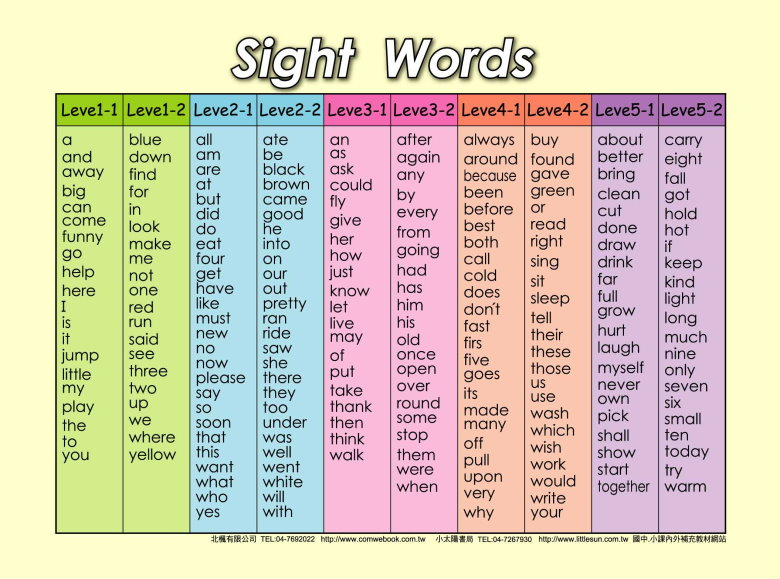
VIEW DETAILS
-
Reading
Look for Letter d Worksheet
Become more versatile in English by looking for letter 'd'.
VIEW DETAILS
-
Reading
Circle Letter E Worksheet
Learners must circle the letter 'E' to improve their ELA skills.
VIEW DETAILS
-
Reading
Where's Letter e Worksheet
Enhance your linguistic skills by finding the letter 'E' in this worksheet.
VIEW DETAILS
-
Reading
Look for Letter F Worksheet
Learners must look for the letter 'F' to improve their ELA skills.
VIEW DETAILS
-
Reading
Circle Letter f Worksheet
Learners must circle the letter 'f' to improve their ELA skills.
VIEW DETAILS
-
Reading
Where's Letter G Worksheet
Enhance your linguistic skills by finding the letter 'G' in this worksheet.
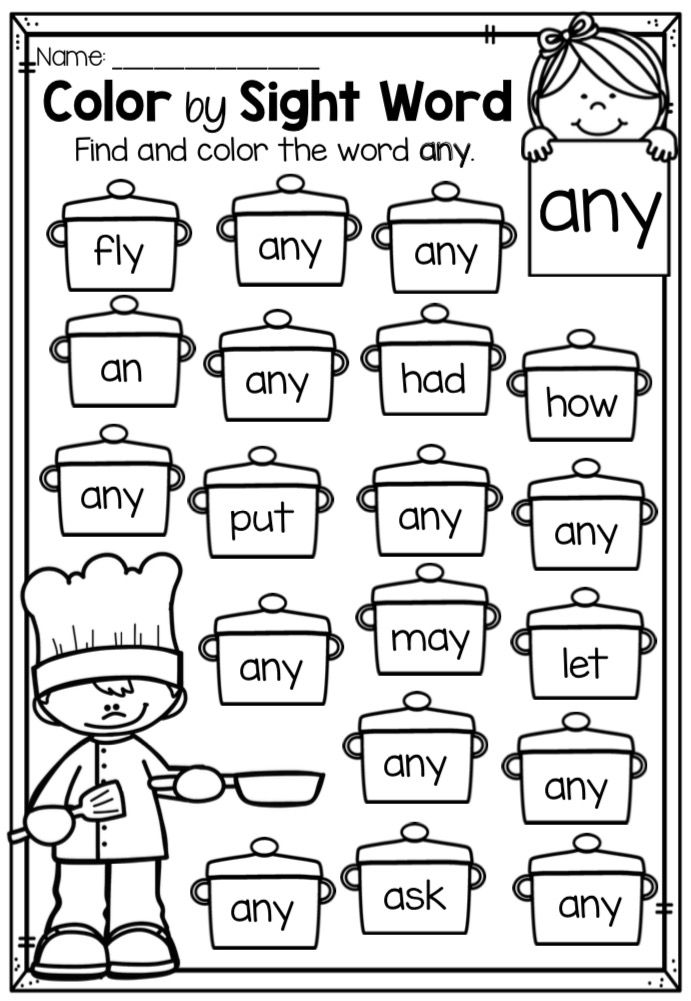
VIEW DETAILS
-
Reading
Find Letter g Worksheet
Enhance your linguistic skills by finding the letter 'g' with this worksheet.
VIEW DETAILS
-
Reading
Learn About Letter H Worksheet
Reinforce ELA concepts by learning about the letter 'H'.
VIEW DETAILS
Your one stop solution for all grade learning needs.
Give your child the passion and confidence to learn anything on their own fearlessly
Parents, Sign Up for Free
Teachers, Use for Free
4,413+
4,417+
RELATED TOPICSAlexander Medvedkin and the "SLON" group: the aimed fire of active cinema
One of the last French presidents, Nicolas Sarkozy, will say: "May 68 did not exist." But the history of the country is not so simple.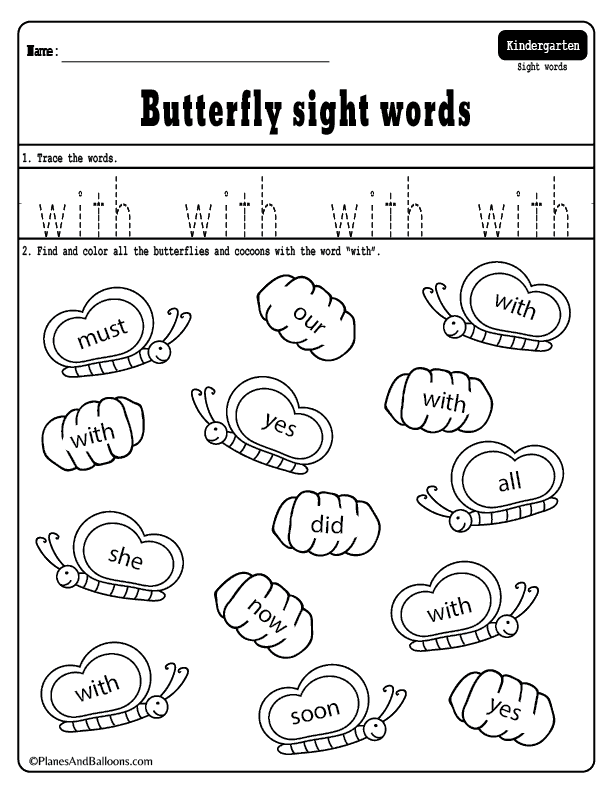 France pulsates, staggers, in one of its most acute periods, it turned to an experiment in the construction of a socialist society, which once never happened in our country.
France pulsates, staggers, in one of its most acute periods, it turned to an experiment in the construction of a socialist society, which once never happened in our country.
One of the indirect participants in the student uprisings of the 68th was the Soviet director Alexander Ivanovich Medvedkin, whose project of a film train, which traveled around the construction site of the five-year plan with Stakhanovist swiftness, prompted the French cinematographer Chris Marker to found a film group in his honor. Alexandra BOCANCHA talks about what inspired and how the Medvedkin group, created on December 19, functioned67 years of joint efforts of intellectuals and workers.
Cinema "in the battle for the five-year plan"
Paving the way for creative relations between two filmmakers who do not belong to the same country, culture, and language, you need to push off for some reason. Medvedkin is not least a man of military alloy, honestly loving the Red Army and Comrade Budyonny, and just as honestly despising all sorts of Denikins and Wrangels. Honesty, the desire to divide people into right and wrong will later become an obstacle to Medvedkin in his life. Purity and a certain naivety of thought will not come at a time where everyone can become an enemy jumping out from behind a friendly bush. Trying to protect the talented cinematographer, Lunacharsky will reward both a sweet gingerbread and a thick stick: “the goal of the comedy is magnificent, the feelings are the most0005 clean (by the author) and communist, but the sight is clumsy. How the sight differs from the target is understandable, right, only to Lunacharsky, who, with the help of synonymous words, was able to disguise his sympathy and at the same time not get himself into trouble.
Honesty, the desire to divide people into right and wrong will later become an obstacle to Medvedkin in his life. Purity and a certain naivety of thought will not come at a time where everyone can become an enemy jumping out from behind a friendly bush. Trying to protect the talented cinematographer, Lunacharsky will reward both a sweet gingerbread and a thick stick: “the goal of the comedy is magnificent, the feelings are the most0005 clean (by the author) and communist, but the sight is clumsy. How the sight differs from the target is understandable, right, only to Lunacharsky, who, with the help of synonymous words, was able to disguise his sympathy and at the same time not get himself into trouble.
Medvedkin will find the sight, and in the finale of "Wonder Woman" he will insert an episode with the arrival of the best milkmaid to worship the leader. Sluggishness is a very accurate word that characterizes Medvedkin. This is both clumsiness and rudeness, directness, almost like Foma Pukhov, the hero of Platonov's story "The Secret Man", who, as you know, ate sausage on his wife's coffin, from hunger, and not from sentimentality, and for the proletariat "to shed blood I agree, only not in vain and not a fool.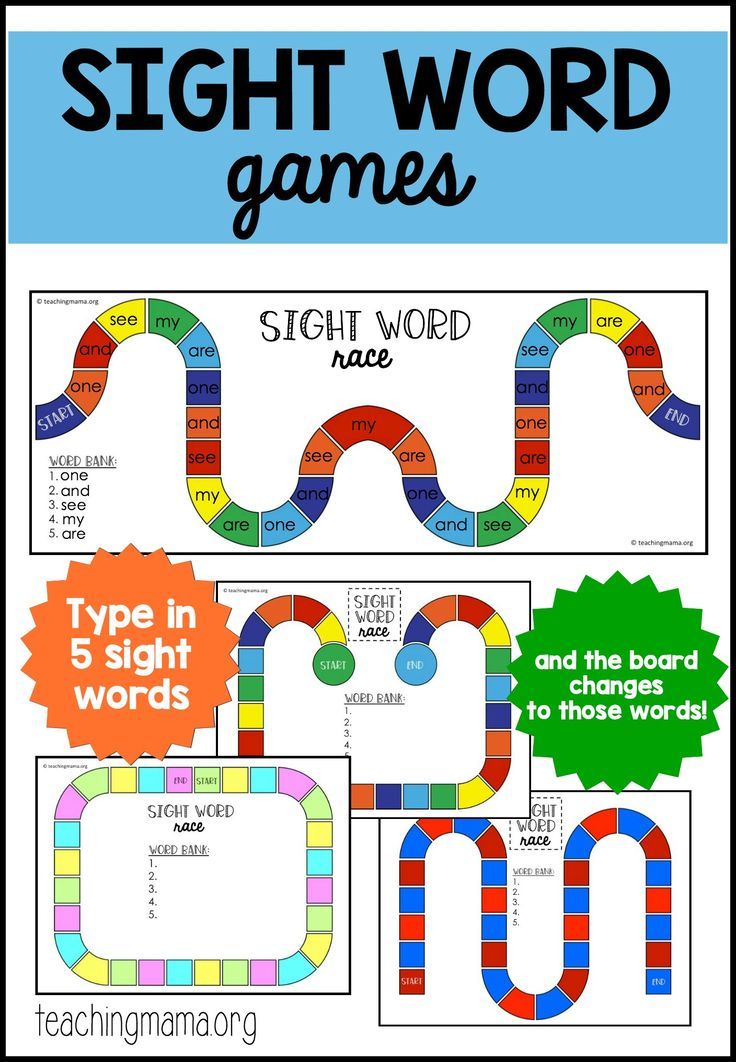 Pukhov did not believe in revolution, for him it became a kind of continuation of nature, which Foma dearly loved, and Medvedkin would be the militant angel of the Red Army until the end of his life. This is his and Pukhov's failure, falling out of time, which bypasses the eternal Red Army soldier.
Pukhov did not believe in revolution, for him it became a kind of continuation of nature, which Foma dearly loved, and Medvedkin would be the militant angel of the Red Army until the end of his life. This is his and Pukhov's failure, falling out of time, which bypasses the eternal Red Army soldier.
But Medvedkin didn't get to Happiness right away. Laying bayonets and awards on the shelf, he had to switch weapons - from a rifle to a camera for "dagger action cinema". He started with Gosvoenkino, worked for the actor and director Nikolai Okhlopkov, who believed that “if a giraffe does not run on the screen in the first frame, then this film should not be watched further - it cannot be interesting.”
At one of the congresses of cinematographers, Medvedkin will declare that a revolutionary cause is, of course, wonderful, but his real dream is to make a film about horses that trample the morning grass somewhere in a field in the south, possibly during the Civil War . Okhlopkov kept his word and filmed The Path of Enthusiasts, in which unguarded animals escape from the reserve and rush to help - beat the whites, overtaking the not-so-fast-running future heroes of the Civil.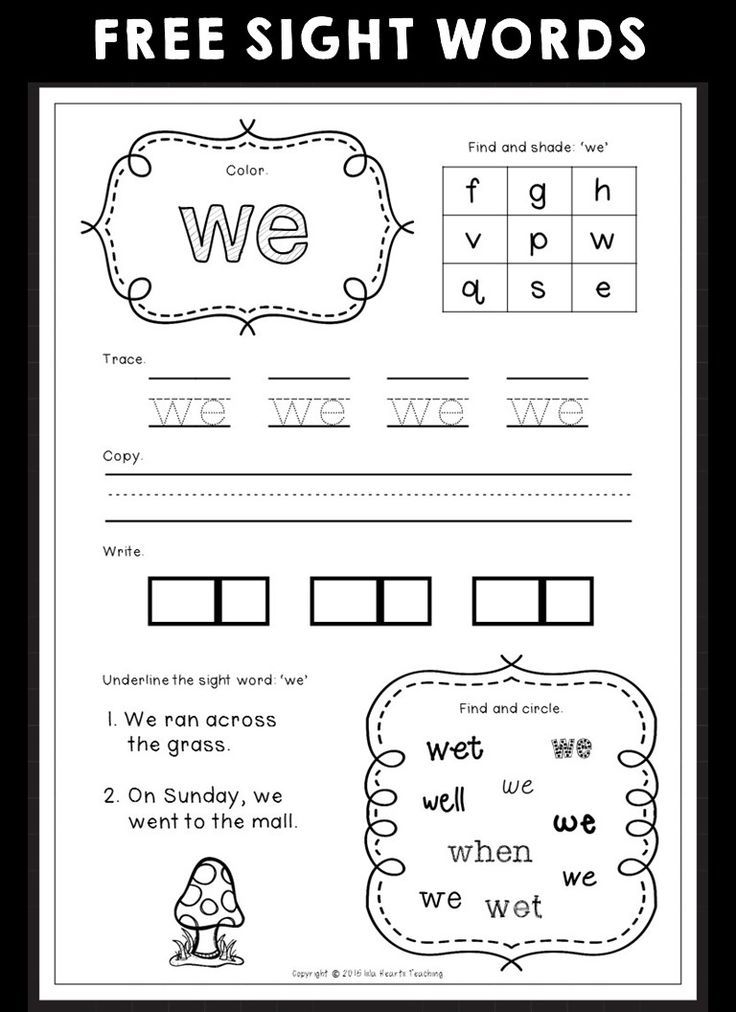 The frame was not included in the final edition, but you should not regret it, because the film has not been preserved. But in one of the plots of the movie train, Medvedkin, as if referring to the experience of his first teacher and comrade, will again release the animals into the wild, but now not to fight, but to test. The plot of the film entitled “The Camel’s Journey at the Dnepropetrovsk Steam Locomotive Repair Plant” (“Camel at the PRZ”) is as follows: “The camel walked through the yards of lagging behind workshops, spat, looking at drunkards and truants, hung over the gates of the MTS, disrupting the harvest, ran after trains, slept near unrepaired tractors…”. The camel was invented by the poet Alexander Bezymensky at the construction of the Stalingrad Tractor Plant. The camel has become a symbol of shame. Camel will be quoted by Marker in The Last Bolshevik.
The frame was not included in the final edition, but you should not regret it, because the film has not been preserved. But in one of the plots of the movie train, Medvedkin, as if referring to the experience of his first teacher and comrade, will again release the animals into the wild, but now not to fight, but to test. The plot of the film entitled “The Camel’s Journey at the Dnepropetrovsk Steam Locomotive Repair Plant” (“Camel at the PRZ”) is as follows: “The camel walked through the yards of lagging behind workshops, spat, looking at drunkards and truants, hung over the gates of the MTS, disrupting the harvest, ran after trains, slept near unrepaired tractors…”. The camel was invented by the poet Alexander Bezymensky at the construction of the Stalingrad Tractor Plant. The camel has become a symbol of shame. Camel will be quoted by Marker in The Last Bolshevik.
Shot from the movie "Alexander's Tomb" (Chris Marker, 1993)
Medvedkin's previous military experience came in handy in organizing the trips of the film train.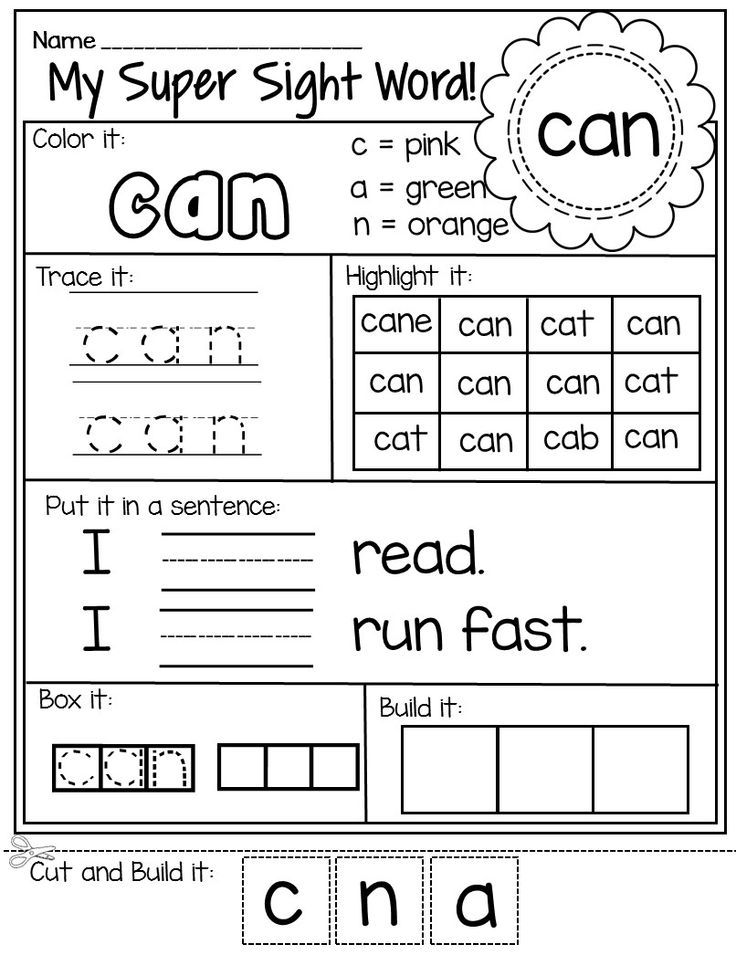 Back in 1919, he grouped a voluntary squad, which went to the Southern Front to repel the onslaught of Denikin's troops. The principles of the squad naturally flowed into the formation of film crews. The satirical military theater determined the future methods of propaganda: let's oppose the bad to the good. Everything would be fine, but would Medvedkin take up the film train under other social conditions in the country? At 19In 1932, the resolution of the Central Committee of the All-Union Communist Party of Bolsheviks “On the restructuring of literary and artistic organizations” was issued, now it is firmly associated with one phenomenon in the history of Soviet art - socialist realism. The year 1932 seemed to Medvedkin " the most severe year of the class struggle, when the enemy, hiding in our ranks, resisted desperately." Medvedkin and his group put the train on the rails in the same year, flights have already been determined by the Central Committee of the party. (Although if we turn to the director's memoirs, the idea of a film train came to him at 1931, but there were no trains themselves, everyone was busy at the construction site: “ Then the idea arose to use cinema in the battle for the five-year plan, turning the camera against everything that interfered with the construction of the new world.
Back in 1919, he grouped a voluntary squad, which went to the Southern Front to repel the onslaught of Denikin's troops. The principles of the squad naturally flowed into the formation of film crews. The satirical military theater determined the future methods of propaganda: let's oppose the bad to the good. Everything would be fine, but would Medvedkin take up the film train under other social conditions in the country? At 19In 1932, the resolution of the Central Committee of the All-Union Communist Party of Bolsheviks “On the restructuring of literary and artistic organizations” was issued, now it is firmly associated with one phenomenon in the history of Soviet art - socialist realism. The year 1932 seemed to Medvedkin " the most severe year of the class struggle, when the enemy, hiding in our ranks, resisted desperately." Medvedkin and his group put the train on the rails in the same year, flights have already been determined by the Central Committee of the party. (Although if we turn to the director's memoirs, the idea of a film train came to him at 1931, but there were no trains themselves, everyone was busy at the construction site: “ Then the idea arose to use cinema in the battle for the five-year plan, turning the camera against everything that interfered with the construction of the new world.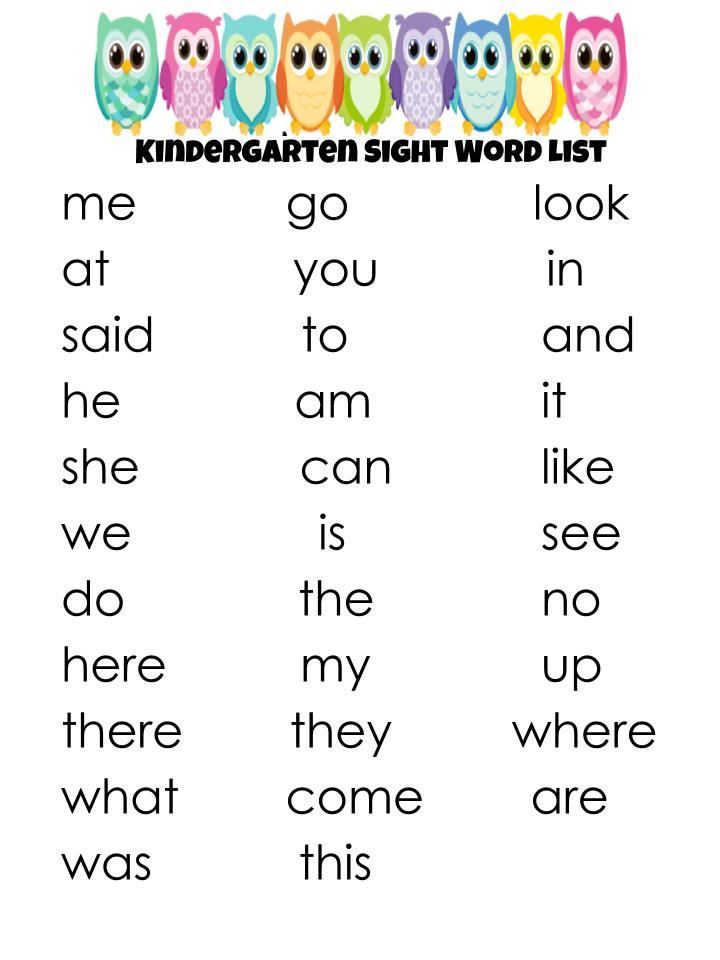 <...> There were catastrophically few old wagons in the country. Haven't made new ones yet. They enthusiastically sympathized with our idea, but they did not give cars ... ").
<...> There were catastrophically few old wagons in the country. Haven't made new ones yet. They enthusiastically sympathized with our idea, but they did not give cars ... ").
“Comrades, this cannot go on any longer!”
Marker has not seen films of the film train. They, as it seemed to him, were "carried away by the whirlwind of time." In addition to "Happiness", he happened to read Medvedkin's memoirs "294 days on wheels”, and I managed to talk with Medvedkin himself only a couple of times in my life, with a gap of decades. The film train was opened to him only in the 90s, when Medvedkin's large-scale studies began in our country. The correspondence has been preserved. From 1968 until Medvedkin's death, two filmmakers exchanged messages about their creative accomplishments. Medvedkin complained about the lack of forces, Marker cursed at the Soviet export of films (indeed, too long bureaucratic stages, consisting of permits and rejections, could annoy even the reserved Marker).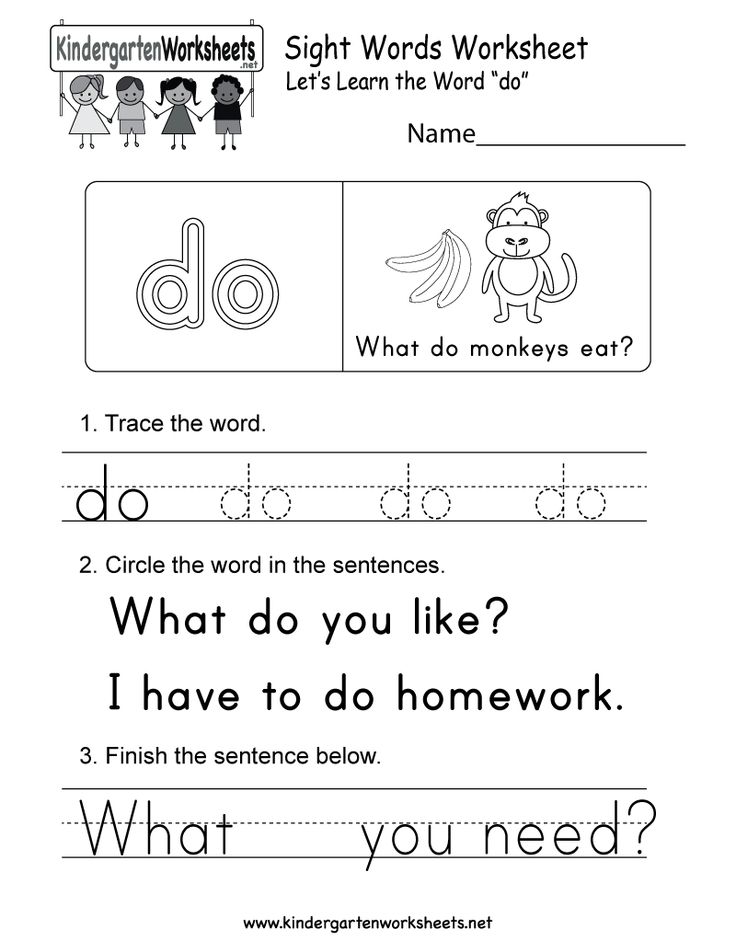 Such a brief history of the relationship does not entail at least a hundredth of the influence that Medvedkin had on Marker. The influence of not one artist on another, but a person of one system, who survived a series of historical events, on a French intellectual, futurist and polyglot of culture. Marker's interest in Medvedkin, on the one hand, is practical: the experience of cinematographers of the 1930s is important for creating a kind of "teaching aid" for the Besanson group, which was inspired by the words of Medvedkin quoted by Marker in one of the evenings of 1967: " We brought with us already shot titles in order to insert them into films, and we even carried one of them in a whole reel, as it came in handy in every picture. On it was written: “COMRADES! IT CANNOT CONTINUE LIKE THIS!"
Such a brief history of the relationship does not entail at least a hundredth of the influence that Medvedkin had on Marker. The influence of not one artist on another, but a person of one system, who survived a series of historical events, on a French intellectual, futurist and polyglot of culture. Marker's interest in Medvedkin, on the one hand, is practical: the experience of cinematographers of the 1930s is important for creating a kind of "teaching aid" for the Besanson group, which was inspired by the words of Medvedkin quoted by Marker in one of the evenings of 1967: " We brought with us already shot titles in order to insert them into films, and we even carried one of them in a whole reel, as it came in handy in every picture. On it was written: “COMRADES! IT CANNOT CONTINUE LIKE THIS!"
Imaging Machine (“Or where the legs of the film train grow from…”)
its sharp moments can shake any documents, even those that were filmed by major professionals.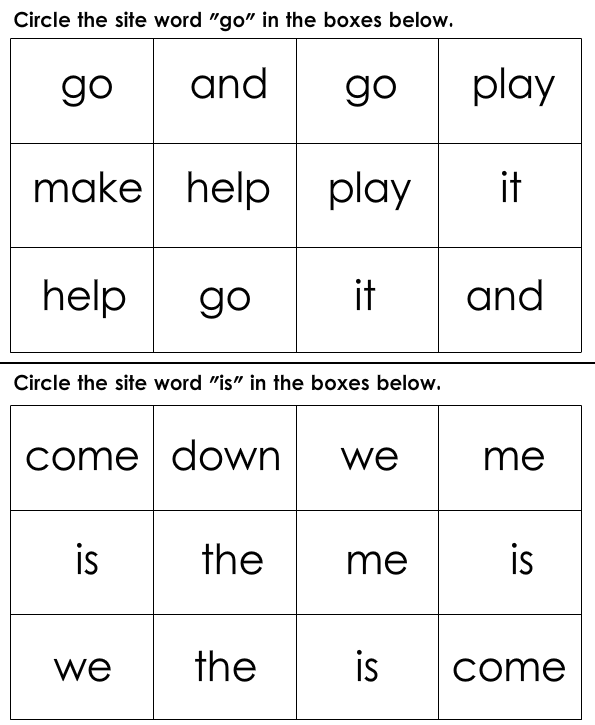
In the film “The Color of the Air is Red”, Marker, having collected a huge amount of chronicles, sketches, randomly filmed episodes, combined them into a dichotomous canvas that included two opposite moods of society: from exaltation to decline, from 68 to 74.
It is possible to talk about Marker's duology in conjunction with Medvedkin, if we correctly identify two different methodologies for ourselves. One is intuitive, the other is analytical and, of course, intellectual. Medvedkin's "intuitiveness" is simple and fits into one slogan, a call to action that does not entail any theoretical base. This is the same “here and now”, with a bayonet and in the neighboring yard, not making out who is behind the gate. His desire to show idlers on the screen contains an equally simple idea: to use cinema (or better, the screen) as a weapon of propaganda, but not advocating for the established new regime, but one that, through mirror reflection, is capable of re-educating a person.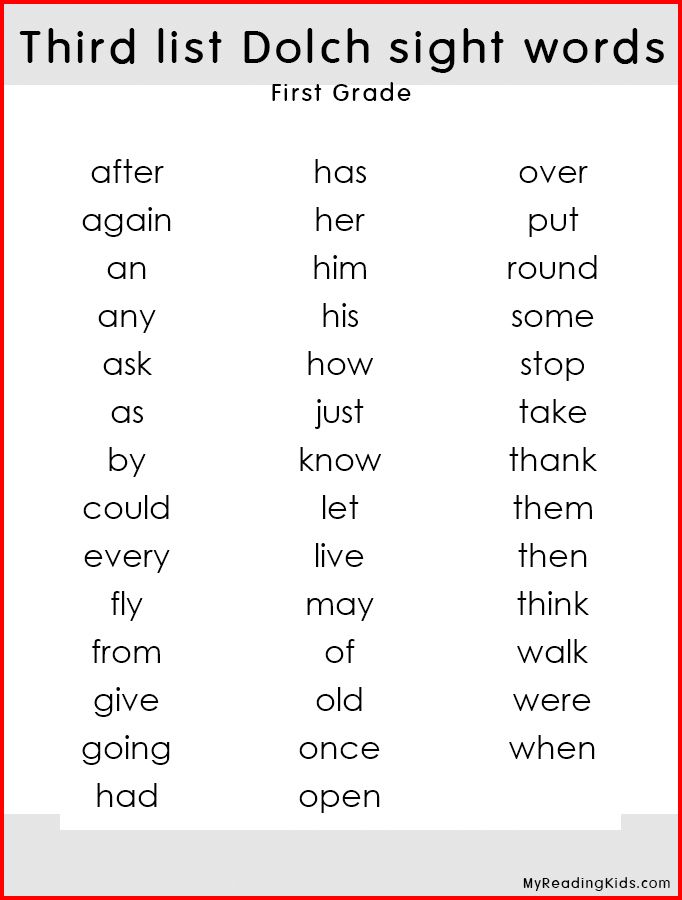 When a dirty child looks at himself in a puddle, willy-nilly he will want to wash his face at the nearest river, the reflected image is painfully inconsistent with his inner self-image ("If only I could "come out" on paper as on a classical canvas, noble, thoughtful and intelligent!” R. Barth, Camera lucida (p. 28)). Medvedkin was well aware of hygiene and his filmography includes kulturfilms (“Take care of your health”), and “ filming and showing Soviet citizens washing themselves means making the country cleaner” . The "cleansing" of Soviet citizens is a task of the demiurge's scale. (By 1937, she will leave the screens and calmly enter into liquid reality). But many filmmakers (if not all) were such during the years of socialist construction. The architects of the "new world" built cinema in such a way that it could be equal to it, in their understanding, reality will become like an image if it is imprinted on the screen. Not an "image machine" but an "image building machine".
When a dirty child looks at himself in a puddle, willy-nilly he will want to wash his face at the nearest river, the reflected image is painfully inconsistent with his inner self-image ("If only I could "come out" on paper as on a classical canvas, noble, thoughtful and intelligent!” R. Barth, Camera lucida (p. 28)). Medvedkin was well aware of hygiene and his filmography includes kulturfilms (“Take care of your health”), and “ filming and showing Soviet citizens washing themselves means making the country cleaner” . The "cleansing" of Soviet citizens is a task of the demiurge's scale. (By 1937, she will leave the screens and calmly enter into liquid reality). But many filmmakers (if not all) were such during the years of socialist construction. The architects of the "new world" built cinema in such a way that it could be equal to it, in their understanding, reality will become like an image if it is imprinted on the screen. Not an "image machine" but an "image building machine". The entire film repertoire of the first half of the 1930s is only an obvious confirmation of this idea: from Ivan Dovzhenko to Maxim's Youth by the former FEKS.
The entire film repertoire of the first half of the 1930s is only an obvious confirmation of this idea: from Ivan Dovzhenko to Maxim's Youth by the former FEKS.
A shot from the film The Color of the Air is Red (Chris Marker, 1977)
The closest relative of the film train in terms of genre can really be called a culture film, only more active and improved. In the press of those years, we find very fragmentary references to the film train. The new format seemed to frighten the "small" press, which was afraid to get under heavy wheels. Or was it envy and an unkind foreboding that such a method of communication between distant objects would soon appear, to which even Pravda would not be able to oppose anything?
In France, until the 1960s, the question of building an “image” seemed to be not raised on the screens. Rather, its gradual destruction took place: it was necessary to remove a person from the image, to clear it of mythologized layers.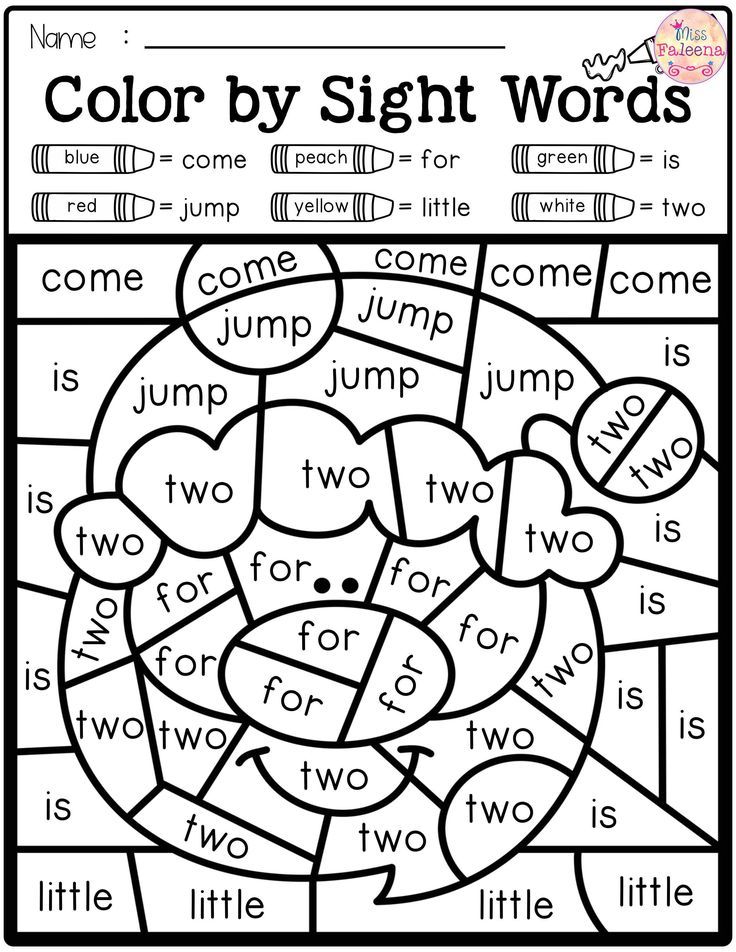 Abundant production by the “dream cinematography” flooded the world with images that pushed out, as an unnecessary element, the fixation of reality. The posthumous image of Che Guevara on a T-shirt, or Che Guevara, who himself became a T-shirt, replicated for every newly minted revolutionary. Trust, but verify - you can say that to any photograph posted in the newspapers, or a frame shown in the news release. So, in the program text of J.-L. Godard's "Letter to Jane Fonda", where the director analyzes a photograph of the actress, who, as the caption says, "asks the people of Hanoi", we read: « This photograph, like any other photograph, is physically mute. And she speaks in the words of the signature placed under her. This caption does not emphasize, does not repeat (because the photograph speaks and tells about things in its own way) that the political activist is in the forefront, and Vietnam is in the background.
Abundant production by the “dream cinematography” flooded the world with images that pushed out, as an unnecessary element, the fixation of reality. The posthumous image of Che Guevara on a T-shirt, or Che Guevara, who himself became a T-shirt, replicated for every newly minted revolutionary. Trust, but verify - you can say that to any photograph posted in the newspapers, or a frame shown in the news release. So, in the program text of J.-L. Godard's "Letter to Jane Fonda", where the director analyzes a photograph of the actress, who, as the caption says, "asks the people of Hanoi", we read: « This photograph, like any other photograph, is physically mute. And she speaks in the words of the signature placed under her. This caption does not emphasize, does not repeat (because the photograph speaks and tells about things in its own way) that the political activist is in the forefront, and Vietnam is in the background.
Going back thirty years in cinematic time, one of the surviving films of the film train can be analyzed.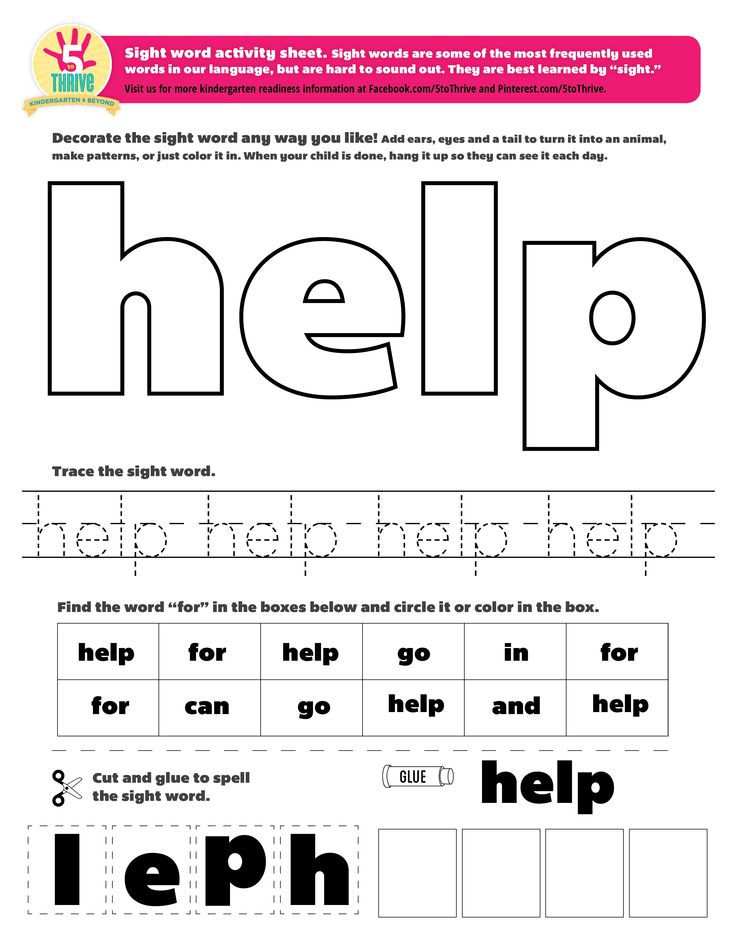 For example, the "Letter to Collective Farmers", which opens with a lower angle of the faces of collective farmers throwing down a socialist challenge. Next - caption: " The Leninist Party is leading us along victorious paths to the second five-year plan. The inscription that precedes the frames reinforces them with its force as an agitational slogan: puffing factories, cutting tractors, a crowd of workers moving along the lower border of the frame. But the bakery plan was not fulfilled, because " the rump of the unfinished kulaks is trying to destroy the collective farms." Then the real faces of those robbers who thwarted the Party's plans, and their pure reactions: gloomy faces, arched eyebrows, on which kulak noses are hung. They peer into the camera from one side. And they were assigned to the camera - on the other. The meeting glances of the accused (the fist) and the accuser (the camera) are the experience of gazing at the essence of the cinematic image that has not yet been theoretically fixed.
For example, the "Letter to Collective Farmers", which opens with a lower angle of the faces of collective farmers throwing down a socialist challenge. Next - caption: " The Leninist Party is leading us along victorious paths to the second five-year plan. The inscription that precedes the frames reinforces them with its force as an agitational slogan: puffing factories, cutting tractors, a crowd of workers moving along the lower border of the frame. But the bakery plan was not fulfilled, because " the rump of the unfinished kulaks is trying to destroy the collective farms." Then the real faces of those robbers who thwarted the Party's plans, and their pure reactions: gloomy faces, arched eyebrows, on which kulak noses are hung. They peer into the camera from one side. And they were assigned to the camera - on the other. The meeting glances of the accused (the fist) and the accuser (the camera) are the experience of gazing at the essence of the cinematic image that has not yet been theoretically fixed.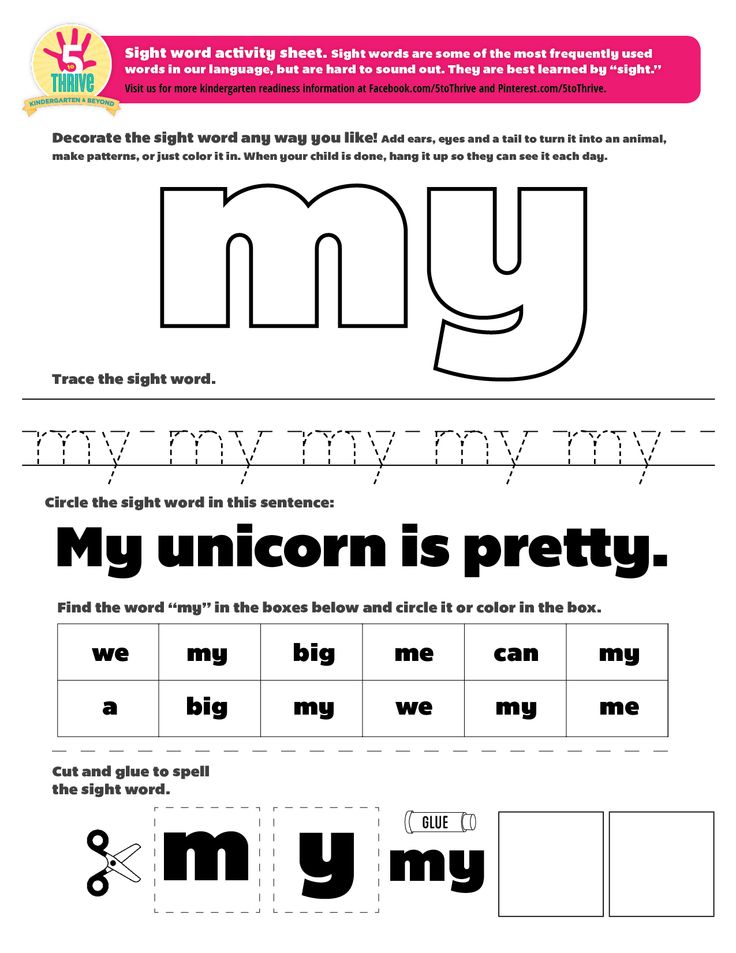 If Jane Fonda knows exactly how to handle a camera, because her “facial expression was used in the 40s by Henry Fonda to play the role of a worker in the film “The Grapes of Wrath” by the future fascist Steinbeck”, then the fist shamed by the camera is organic in its expression, it has not yet become an “image”, but it is already being tried “ build." Such intuitive dialectics within one frame is not caused by some kind of director's vision. It does not have an author, the objective camera only tries to get closer to the person, to direct its annihilating gaze at him.
If Jane Fonda knows exactly how to handle a camera, because her “facial expression was used in the 40s by Henry Fonda to play the role of a worker in the film “The Grapes of Wrath” by the future fascist Steinbeck”, then the fist shamed by the camera is organic in its expression, it has not yet become an “image”, but it is already being tried “ build." Such intuitive dialectics within one frame is not caused by some kind of director's vision. It does not have an author, the objective camera only tries to get closer to the person, to direct its annihilating gaze at him.
Shot from the film "The Fighting Class" (Chris Marker, 1969)
In the film train, titles do not dominate, in the fabric of the film the frame itself explains more than it is said in them. The image sometimes moves away from the inscriptions to the side. So the cameraman Mikhail Lifshitz accidentally sees a woman's legs catching a lock on black tattered shoes. An extra detail for the plot of the essay shakes the walls of the revealing film.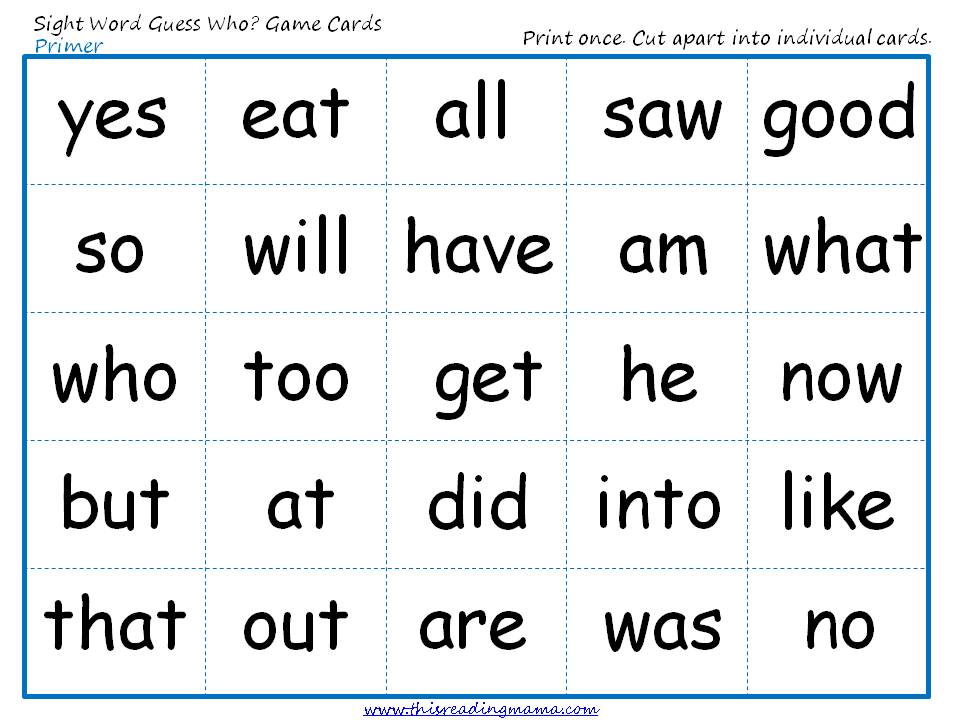 At the same time, everything is recorded: a table with the results of the workday, the signature of a letter to Lenin, a huge Talmud, which the collective farmers unfold like a holy book, and ... again, a random element, extra-fabulous: a family running out of the pigsty, followed by the caption "Our incomes are growing since we finished off the depersonalization."
At the same time, everything is recorded: a table with the results of the workday, the signature of a letter to Lenin, a huge Talmud, which the collective farmers unfold like a holy book, and ... again, a random element, extra-fabulous: a family running out of the pigsty, followed by the caption "Our incomes are growing since we finished off the depersonalization."
The randomness of the micro-plots that penetrate into the frames of “Letters to Collective Farmers” is fundamental, because they form the organic content of film train films, where, along with the accusatory plot, there is a fixation of reality. This balancing of two heterogeneous components creates a single space where the first plan does not dominate the second, as in the case of Jane Fonda and Vietnamese children.
Perhaps Marker caught just this component of Medvedkin's combat cinematography, the idea of his film train, which forms a new person in the proposed circumstances. In his "The Color of the Air is Red" dilogy, he, as always, distances himself from what is being shown, mixing multiple voiceovers, a chronicle filmed similarly in a movie train by his friends.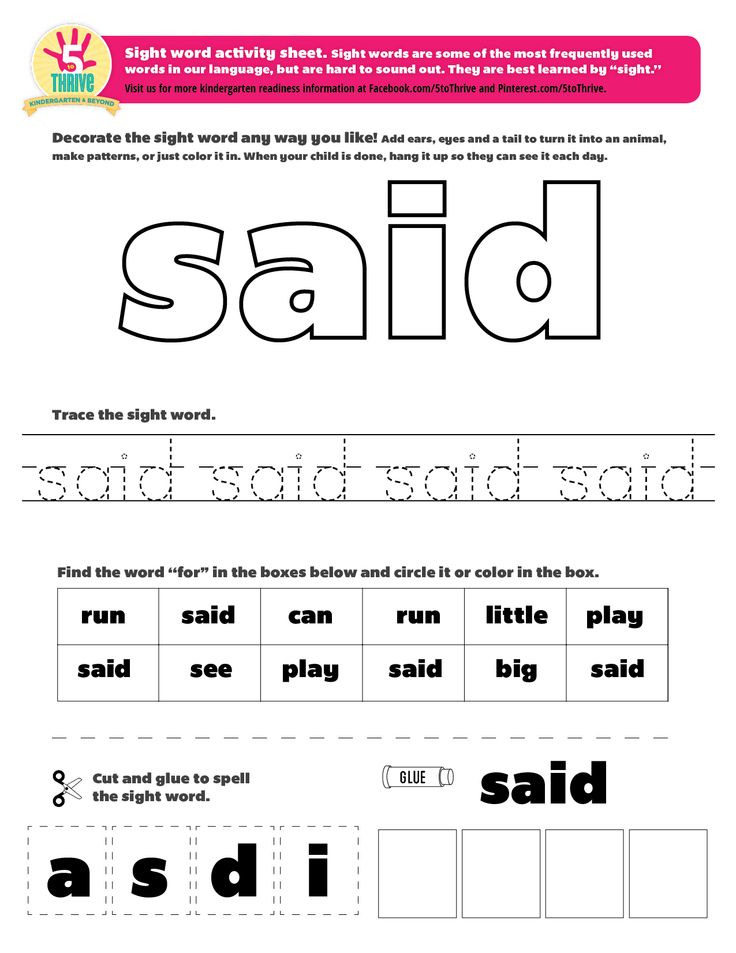
The Union of the Intellectual and the Worker
The marker turns to Medvedkin in 1967, as if anticipating future events, and, as before, through retrospection, tries to unravel the threads of the tangle that will lead him in the right direction. The 1930s, the years of the construction of a socialist society in the Soviet Union, are still a tangle: no matter what thread you grab, it will drag you into unknown distances. But Marker, having the flair of both a historian and a cinematographer, finds precisely the film train, which even the press of the 1930s hushed up as something shameful, although “ The Great Mute, perhaps for the first time, became a strict public judge, when the white rectangle of the screen, darkening, opened accurate, aimed fire at the most evil breakthroughs ... " . In Medvedkin's speech, not deprived of military vocabulary, three concepts stand out: " Great Mute" - a kind of aesthetic phenomenon that refers to pre-revolutionary cinematography, the second, moral - " strict judge" and finally political - " aimed fire" .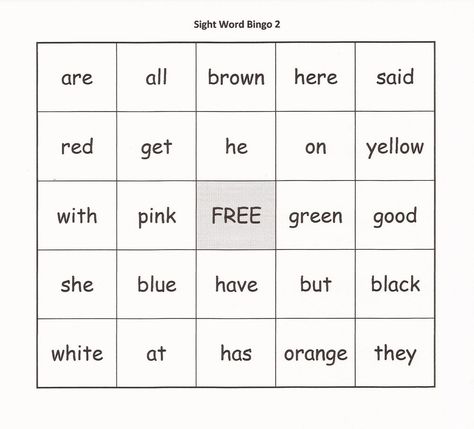 According to Medvedkin, cinematography will turn from consumed, passive, existing “for the viewer” into active, changing places with the viewer, who will become the target of the oncoming fire. Now he is a judge, he is a weapon of direct defeat. The principles of active cinema were not laid down by Medvedkin in any theoretical basis. Frankly speaking, he is not a theoretician at all, in the sense in which Eisenstein and Vertov were.
According to Medvedkin, cinematography will turn from consumed, passive, existing “for the viewer” into active, changing places with the viewer, who will become the target of the oncoming fire. Now he is a judge, he is a weapon of direct defeat. The principles of active cinema were not laid down by Medvedkin in any theoretical basis. Frankly speaking, he is not a theoretician at all, in the sense in which Eisenstein and Vertov were.
For the Besancon group, the idea of a film train is also important as a form. Like a poster that took the movement to its aid. Fighting is possible in any language, in any culture. Resistance too. The film train is the organism of the cinematography of struggle. A newspaper with a search for villains who trampled gardens can be hung on a pole. But if the scoundrels are shown on film, they not only cannot escape, but they cannot escape shame: “ The wives of alcoholics captured on film came to our film train, subdued brawlers appeared ... We could not help them in any way and promised only to take them off again when they will be corrected.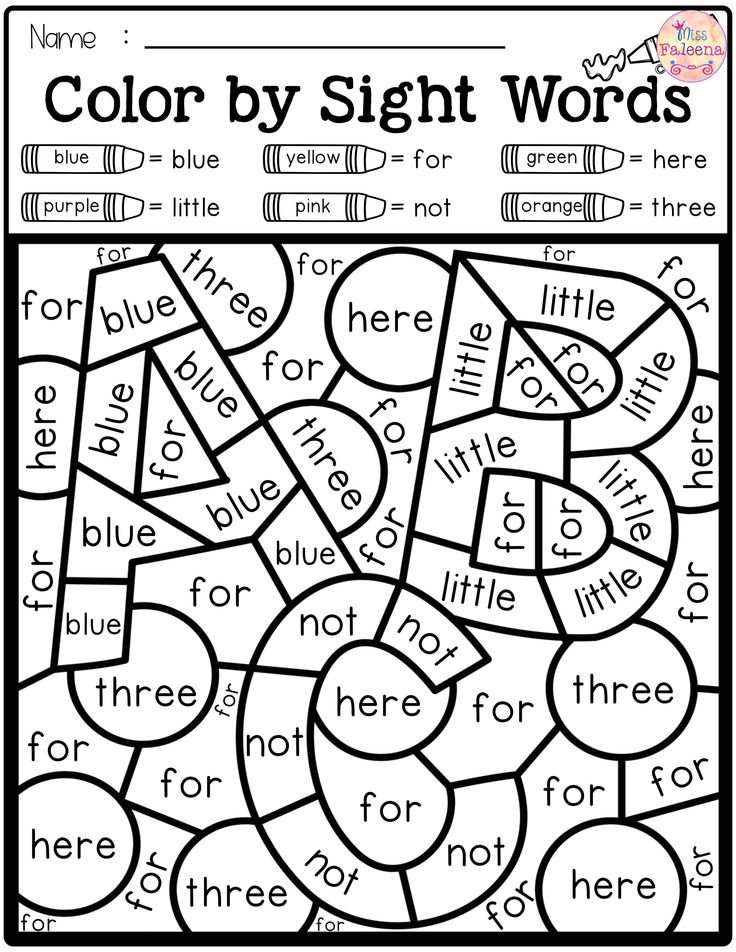 ”
”
Still from the film "The Fighting Class" (Chris Marker, 1969)
In 294 Days on Wheels, Medvedkin describes in detail how the film train works. Marker takes a number of well-developed constructs from there and applies them to his film crew. First of all, this is genre diversity: “ The revolutionary cinema of the 1960s and 1970s created not only the genre of “screened thought” - “one hundred flowers” of new genres that were not “compromised by the bourgeoisie” bloomed <...> Most of the genres had literary, journalistic roots" . Films are evidence. Films are political monologues or dialogues. Films are protest speeches. Films - a dossier. Flyer films and so on. For example, the film by the Medvedkin group “School of Wrestling” is a monologue film by the activist Suzanne. At the beginning of the film, she approaches a makeshift editing table with a poster of Che Guevara hanging on the wall. Susanna looks through the finished material, like a cutter in Vertov's Man with a Movie Camera.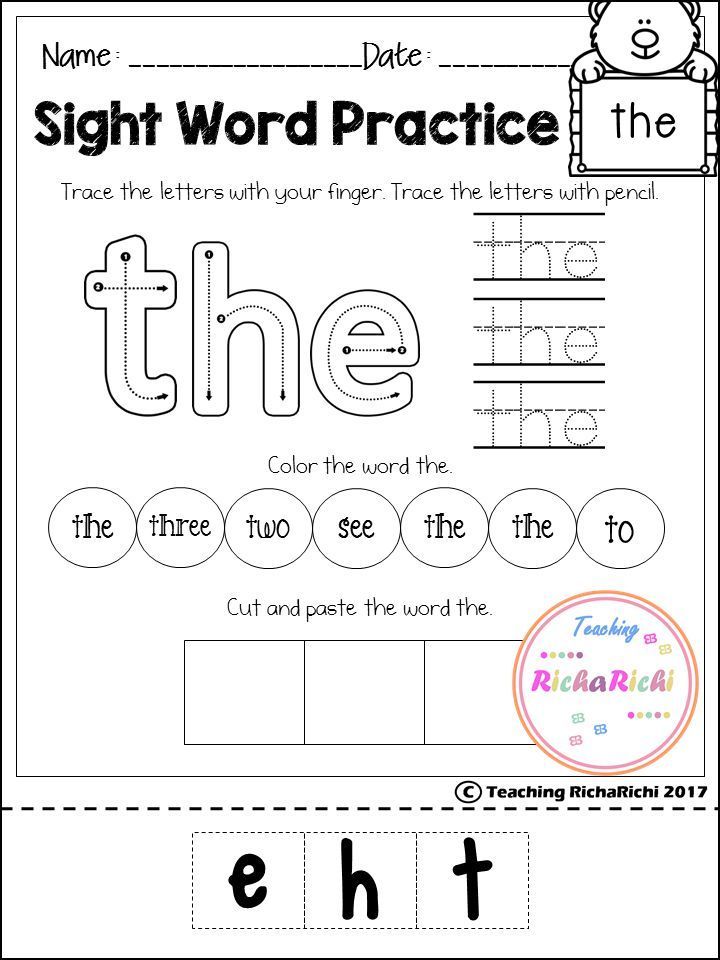 The handwritten caption reads: " Cinema is not magic, cinema is technology, science, it is technology that has risen to the service of science, which gives the right to volition: the right to tell the worker about his freedoms."
The handwritten caption reads: " Cinema is not magic, cinema is technology, science, it is technology that has risen to the service of science, which gives the right to volition: the right to tell the worker about his freedoms."
The marker gives the camera to the workers, thus making a dialectical step and removes the distinction between professionals and amateurs, gives a voice to those who were silent and only contemplated before. "... to give the floor to those people who did not have such an opportunity before, and, where possible, to help find their own expression of thought" - defined the task of SLON Marker in this way. Medvedkin - also dreamed of the same thing, so that the worker would join public life, join the ranks of active fighters for the construction of the country.
And yet, to Medvedkin's question about why Marker did not include photographs of young successors of the film train in the film "Train on the Road", the modest Frenchman answered: " I drew a parallel between train-32 and train-71. Then, seeing all this on the screen, I realized that it would be too pretentious to put us next to you, the pioneers of the first socialist revolution. What have we done to win the right to stand by your side? <…> We are not the final addressee, the message will go further.”
Then, seeing all this on the screen, I realized that it would be too pretentious to put us next to you, the pioneers of the first socialist revolution. What have we done to win the right to stand by your side? <…> We are not the final addressee, the message will go further.”
References:
1. Medvedkin AI 294 days on wheels // In: From the history of cinema. Issue. 10. M., "Art", 1977. - 224 p.
2. “Perhaps we have stalled our train early?” From the correspondence of Alexander Medvedkin and Chris Marker (Publication, foreword and comments by M.M. Karaseva) publisher(s) Marina Karaseva // Film Studies Notes. No. 49. 2000. S. 30-83.
3. Demin V. Alexander Medvedkin // In: "20 director's biographies". M. "Art". 1971. - 408 p.
4. Trofimenkov M. S. Cinema of military operations. SPb., "Session", 2014. - 656 p.
5. Yutkevich S. Inozrimy Okhlopkov
6. Godard J.-L. Letter of Jane Fund (M. Yampolsky per.)
Alexander Bokancha
September 11, 2018
- to flow the project -
9000 9000 9000 9000
90,000.
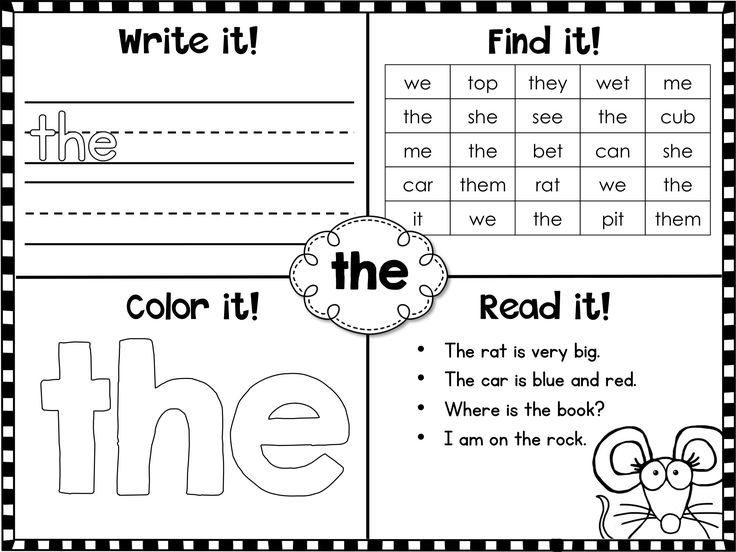 MRI ultrasound-guided men with pre-negative biopsy and elevation of prostate-specific antigen
MRI ultrasound-guided men with pre-negative biopsy and elevation of prostate-specific antigen Conventional biopsy fails to detect the presence of some prostate cancers (PCa). Men with a preliminary negative biopsy but persistently high prostate-specific antigen (PSA) present a diagnostic dilemma, as some are cancer carriers.
Target
To determine whether the use of MRI ultrasound fusion biopsy will improve the detection of prostate cancer compared to conventional repeat biopsy.
Design, installations and contributors
105 patients with pre-negative biopsy and elevated PSA underwent multiparametric magnetic resonance imaging (MRI) and fusion biopsy on an outpatient basis.
Interference
Suspicious areas on multiparametric MRI were identified and evaluated by a radiologist; MRI ultrasound fusion biopsy was performed by a urologist using an Artemis device; targeted and systematic biopsies were performed regardless of MRI findings.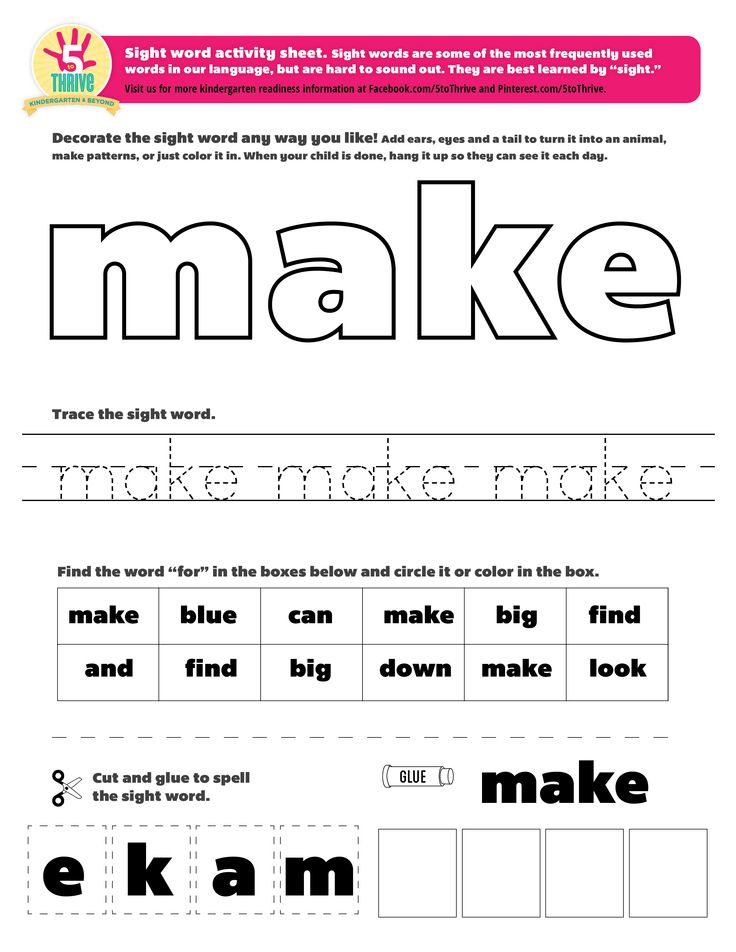
Measurement result and statistical analysis
Detection rates for PCa and clinically significant PCa were determined (Gleason ≥ 3+4 or Gleason 6 with maximum biopsy length ≥ 4 mm). The yield of targeted biopsy was compared with that of systematic biopsy. The ability of MRI to predict the presence of clinically significant cancer has been investigated. Stepwise multivariate logistic regression analysis was performed to identify predictors of significant cancer on biopsy.
Results and limitations
Fusion biopsy identified PCa in 36 of 105 men (34%, 95% confidence interval [CI], 25-45). Seventy-two percent of men with PCa had clinically significant disease; Twenty-one of 23 men (91%) with PCa on targeted biopsy had significant cancer compared to 15 of 28 (54%) on systematic biopsy. The degree of suspicion on MRI was the strongest predictor of significant cancer in multivariate analysis.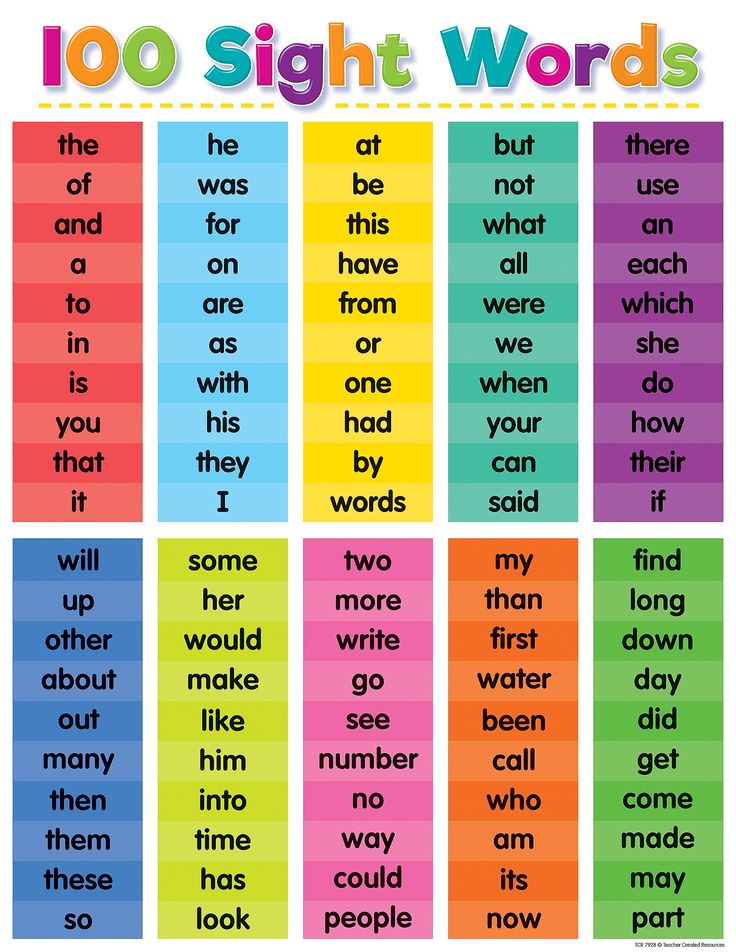 Twelve of 14 (86%) patients with highly suspicious MRI were diagnosed with clinically significant cancer.
Twelve of 14 (86%) patients with highly suspicious MRI were diagnosed with clinically significant cancer.
Terminals
MRI ultrasound fusion biopsy provides improved detection of PCa in men with previous negative biopsies and elevated PSA. Most of the cancers detected were clinically significant.
Keywords: Magnetic resonance imaging, prostate biopsy, prostate cancer, ultrasound.
Value of targeted prostate biopsy using magnetic resonance-ultrasound fusion in men with prior negative biopsy and elevated prostate-specific antigen
Sonn GA1, Chang E2, Natarajan S3, Margolis DJ4, Macairan M2, Lieu P2, Huang J5, Dorey FJ6, Reiter RE2, Marks LS2.
Source
- Department of Urology, University of California, Los Angeles, Los Angeles, CA, USA.
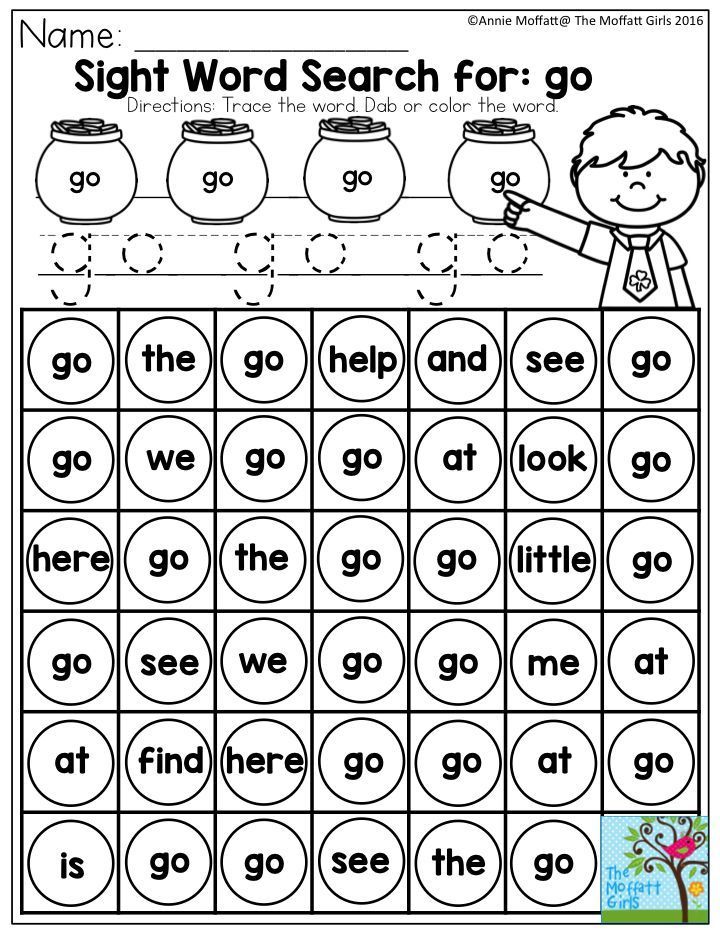
Learn more

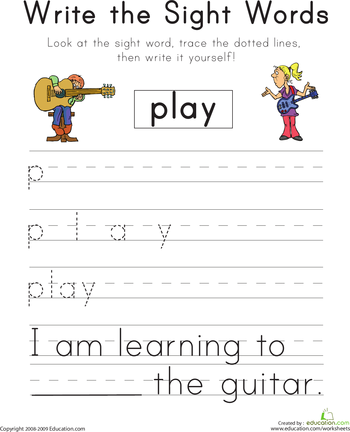
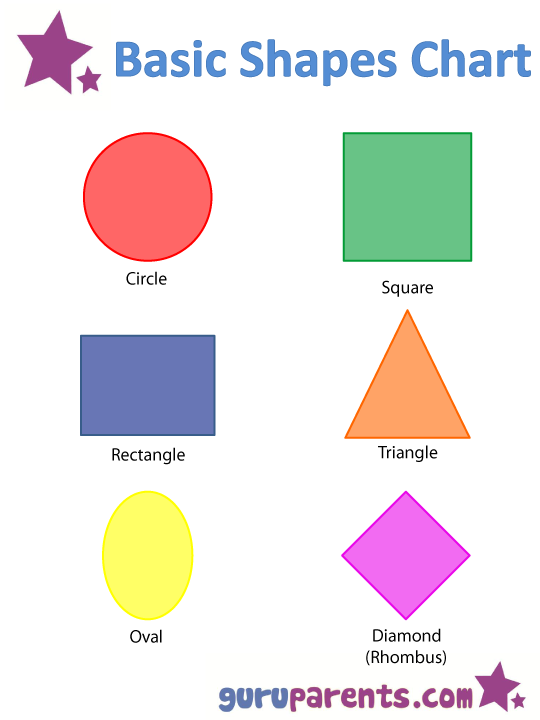

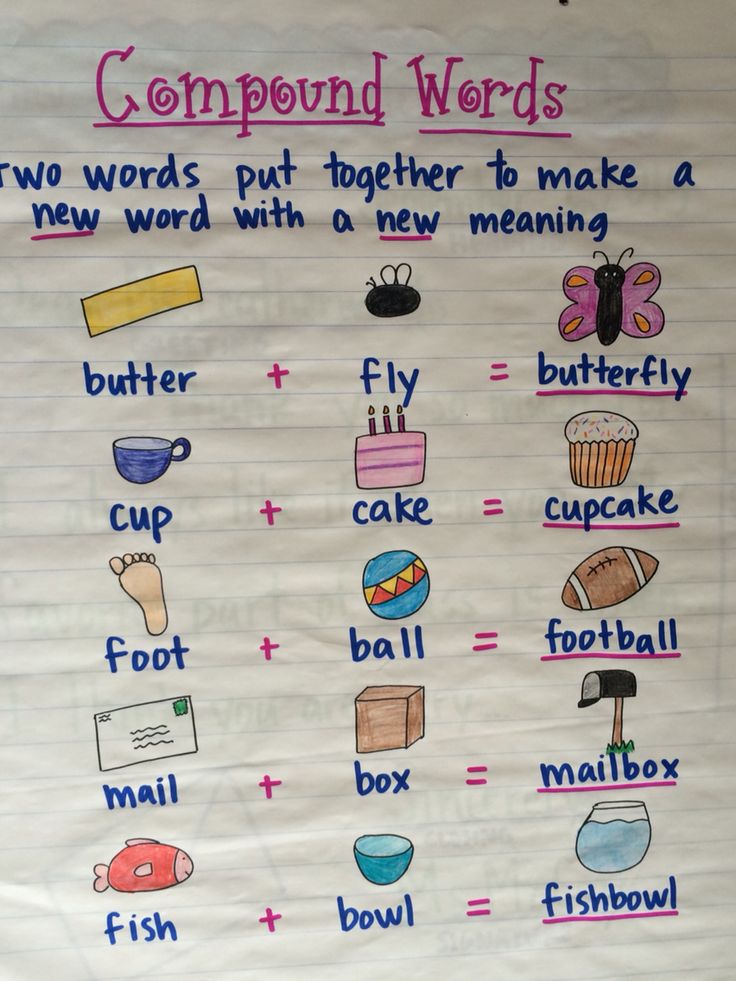

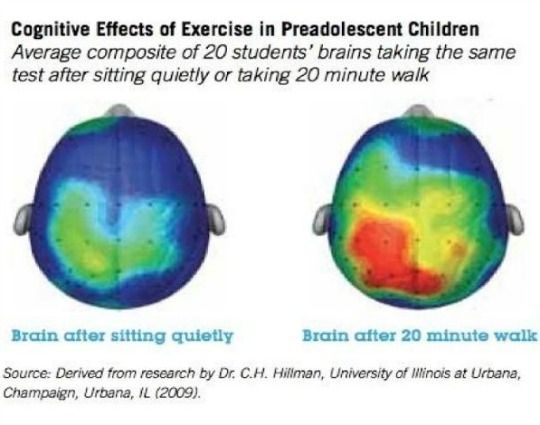
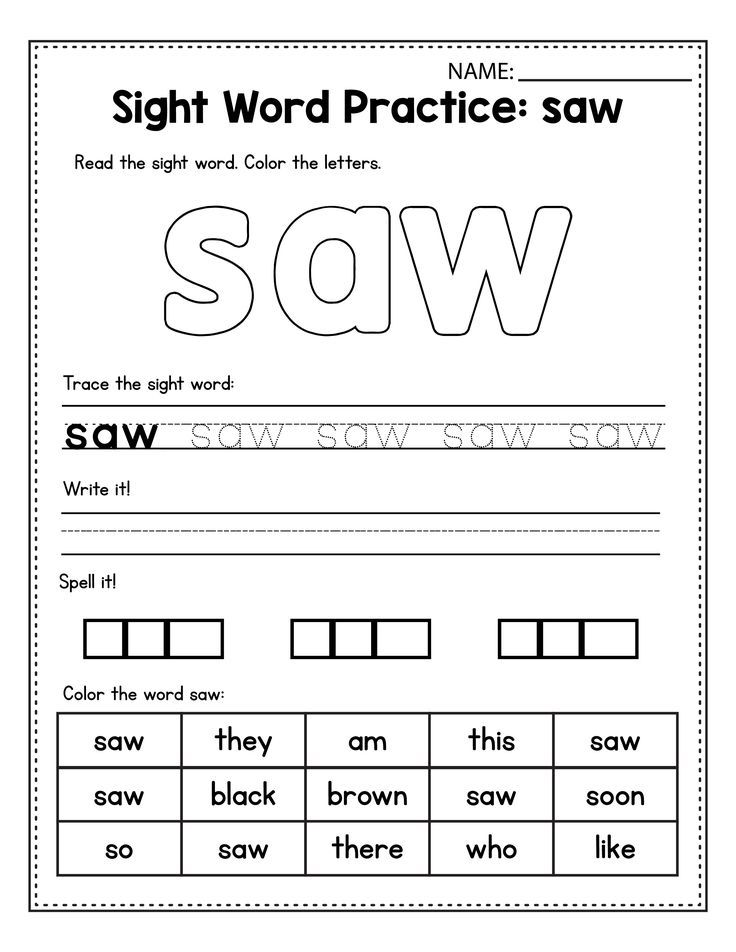
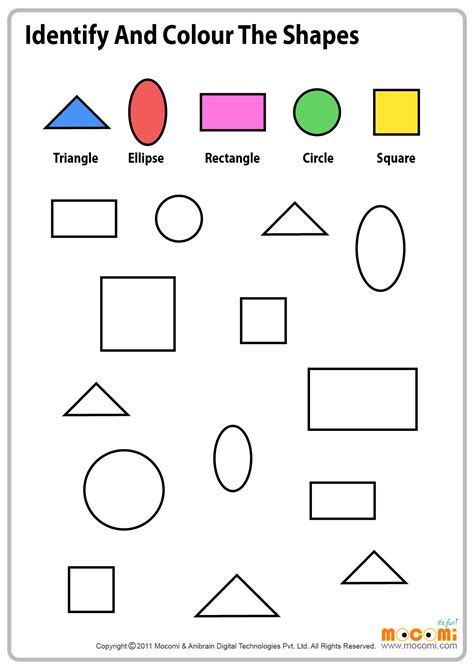
.png)
